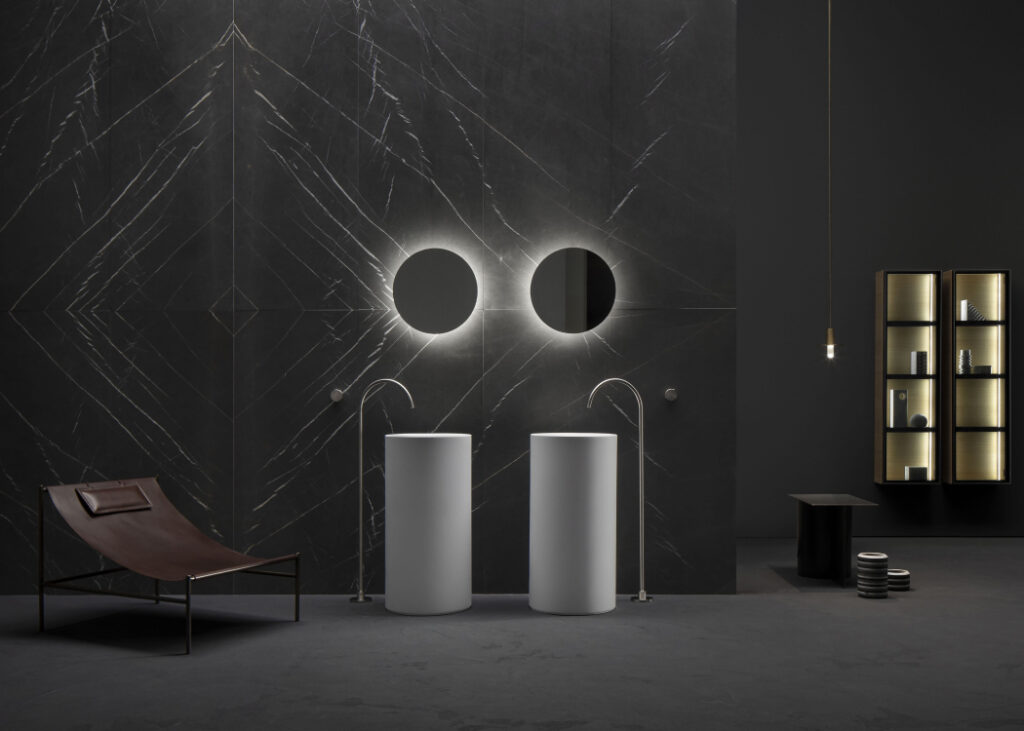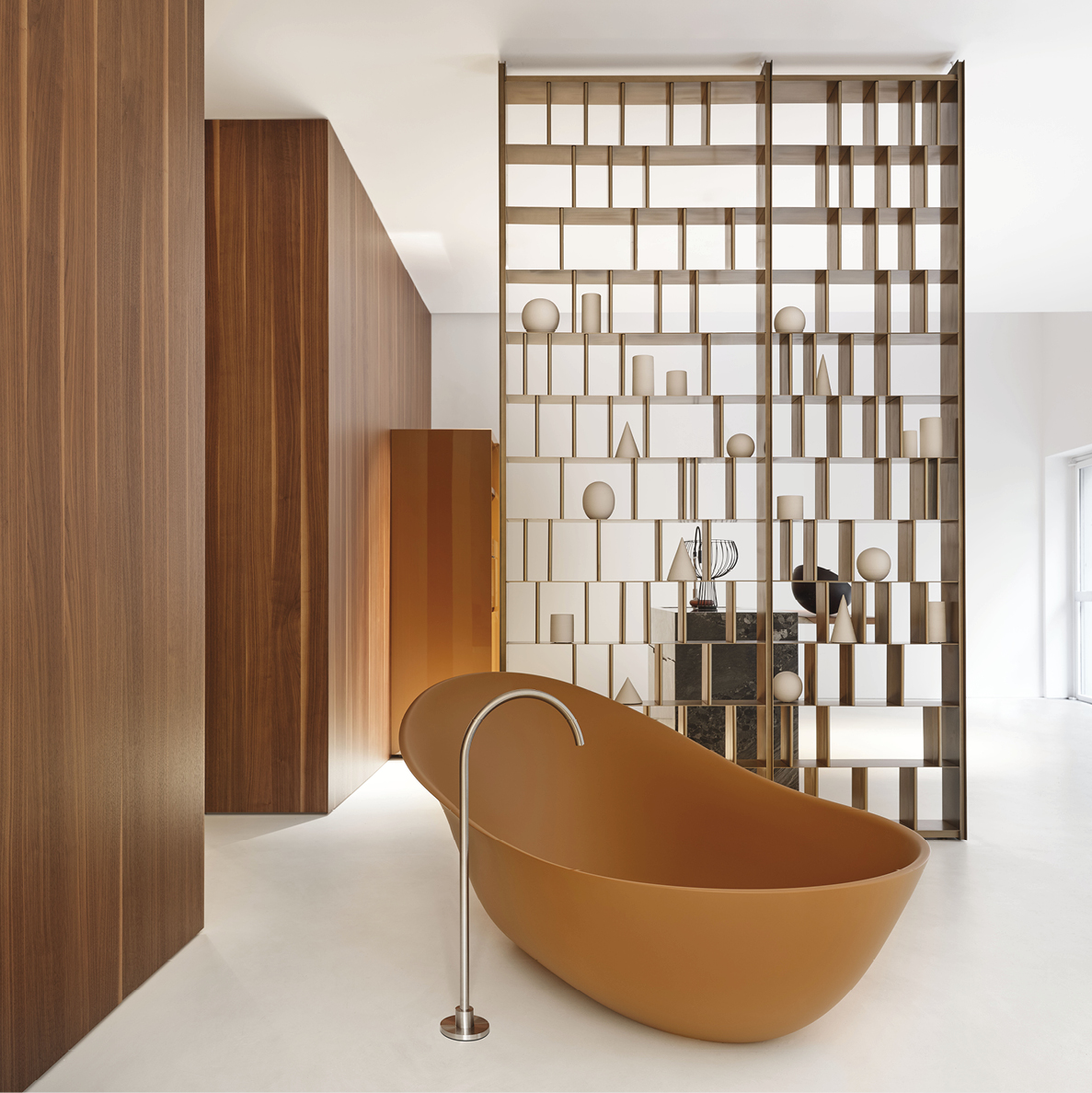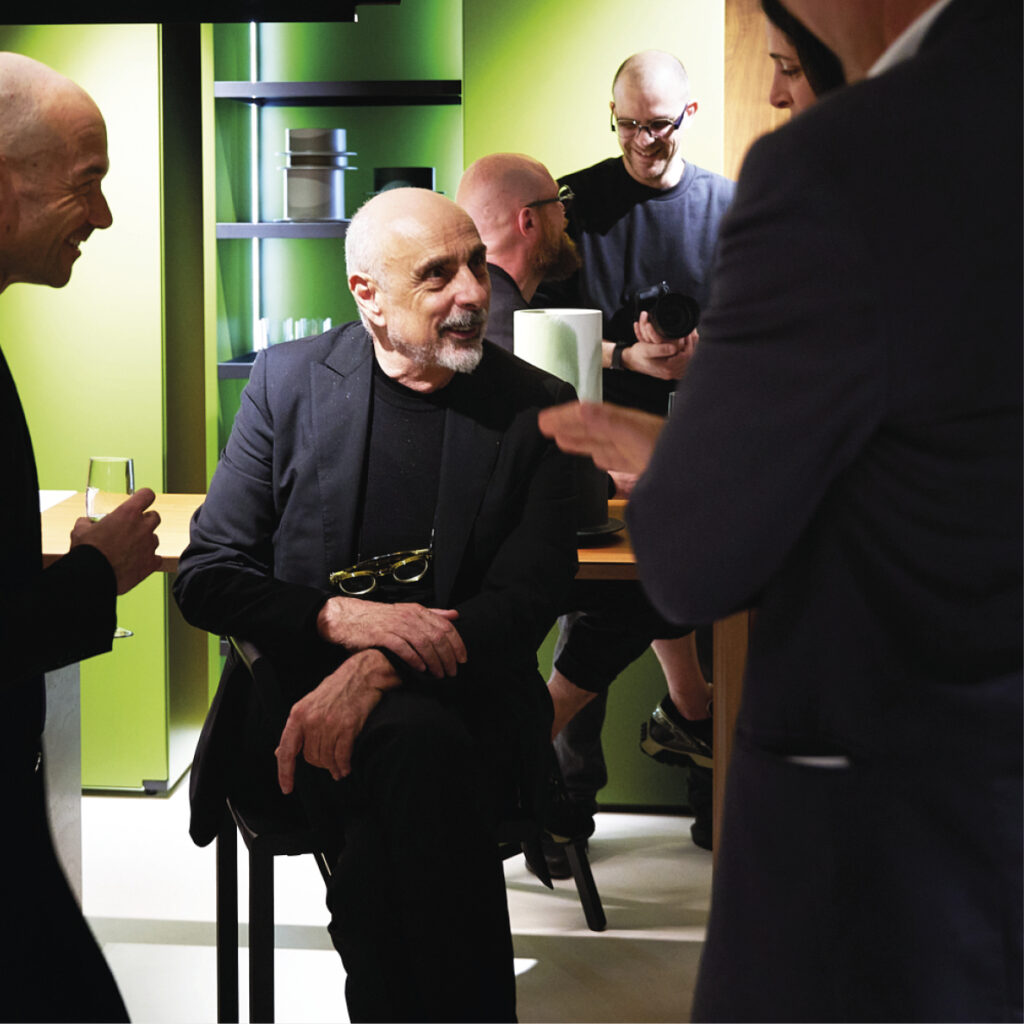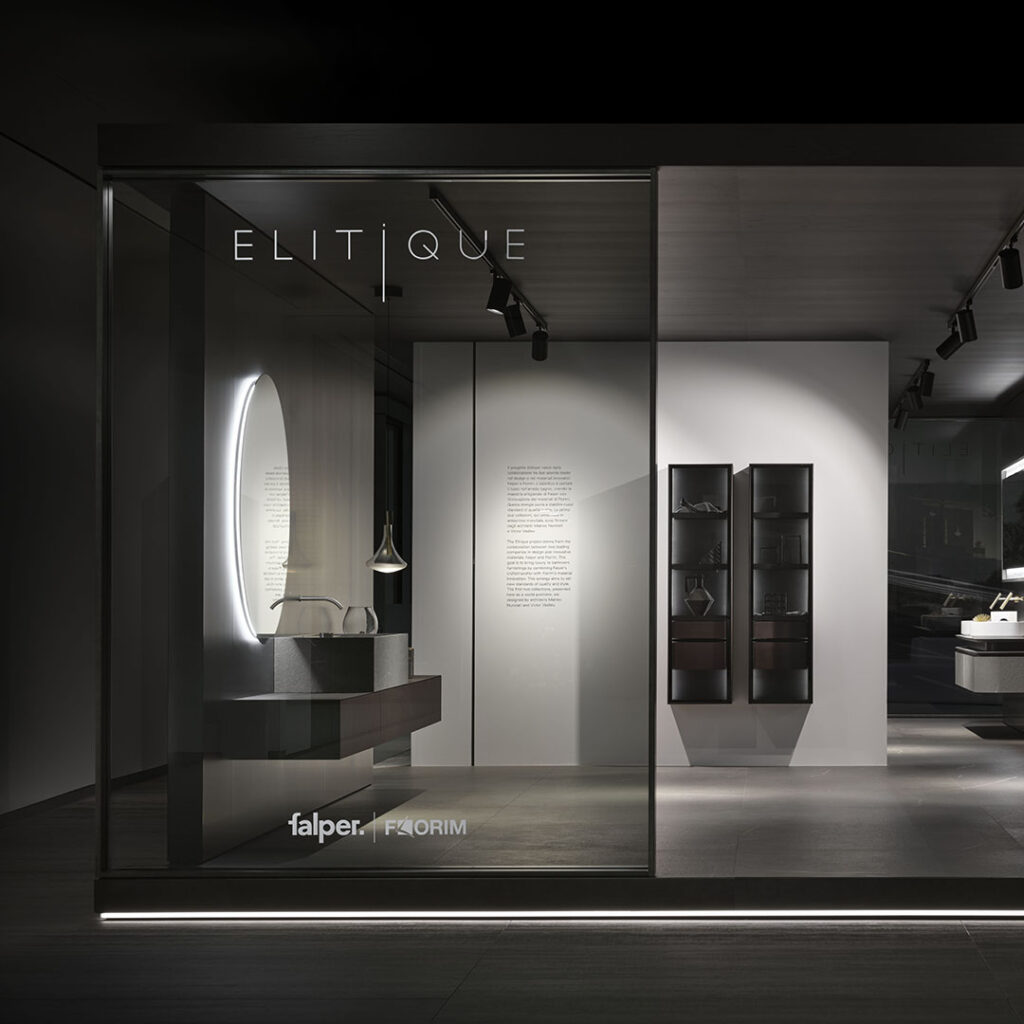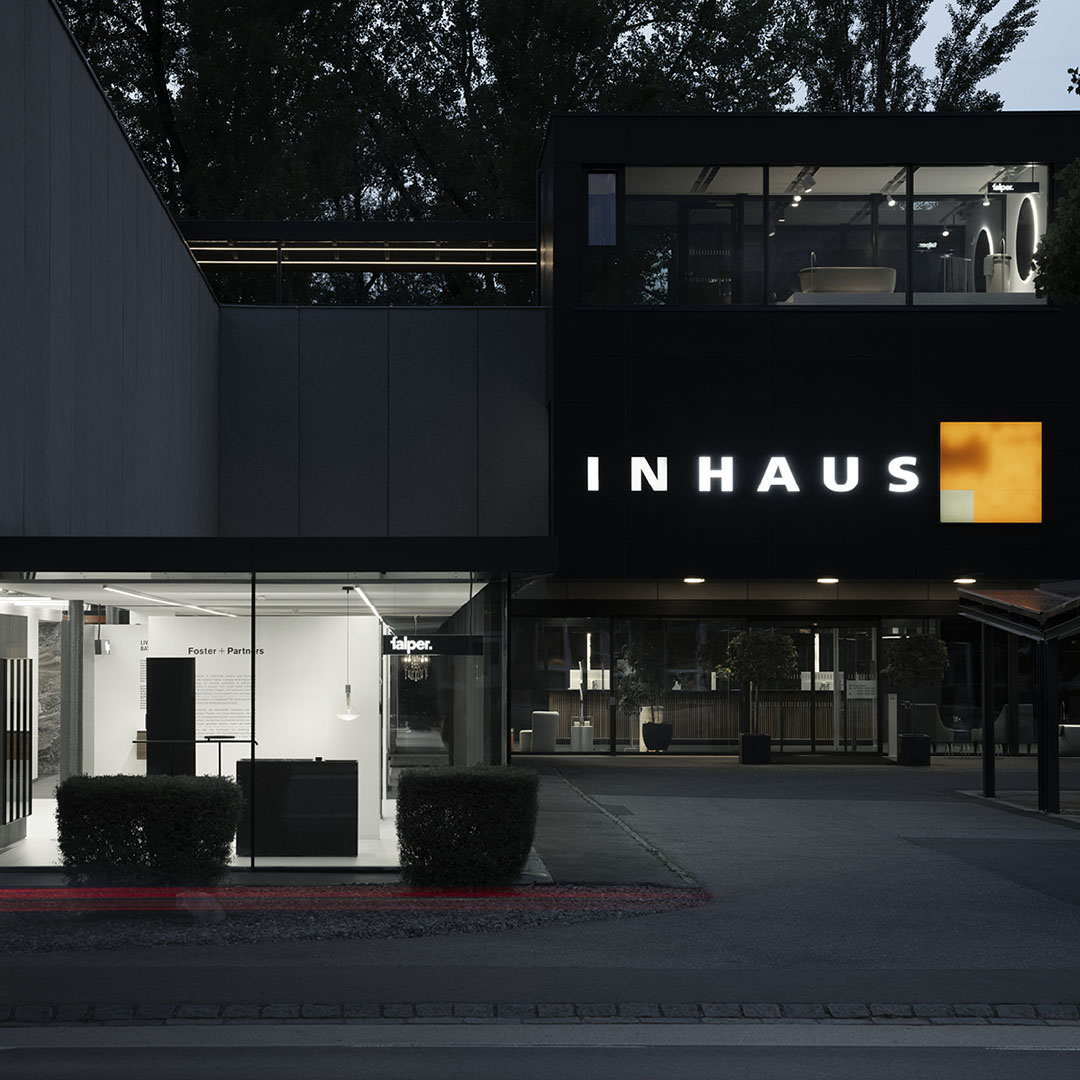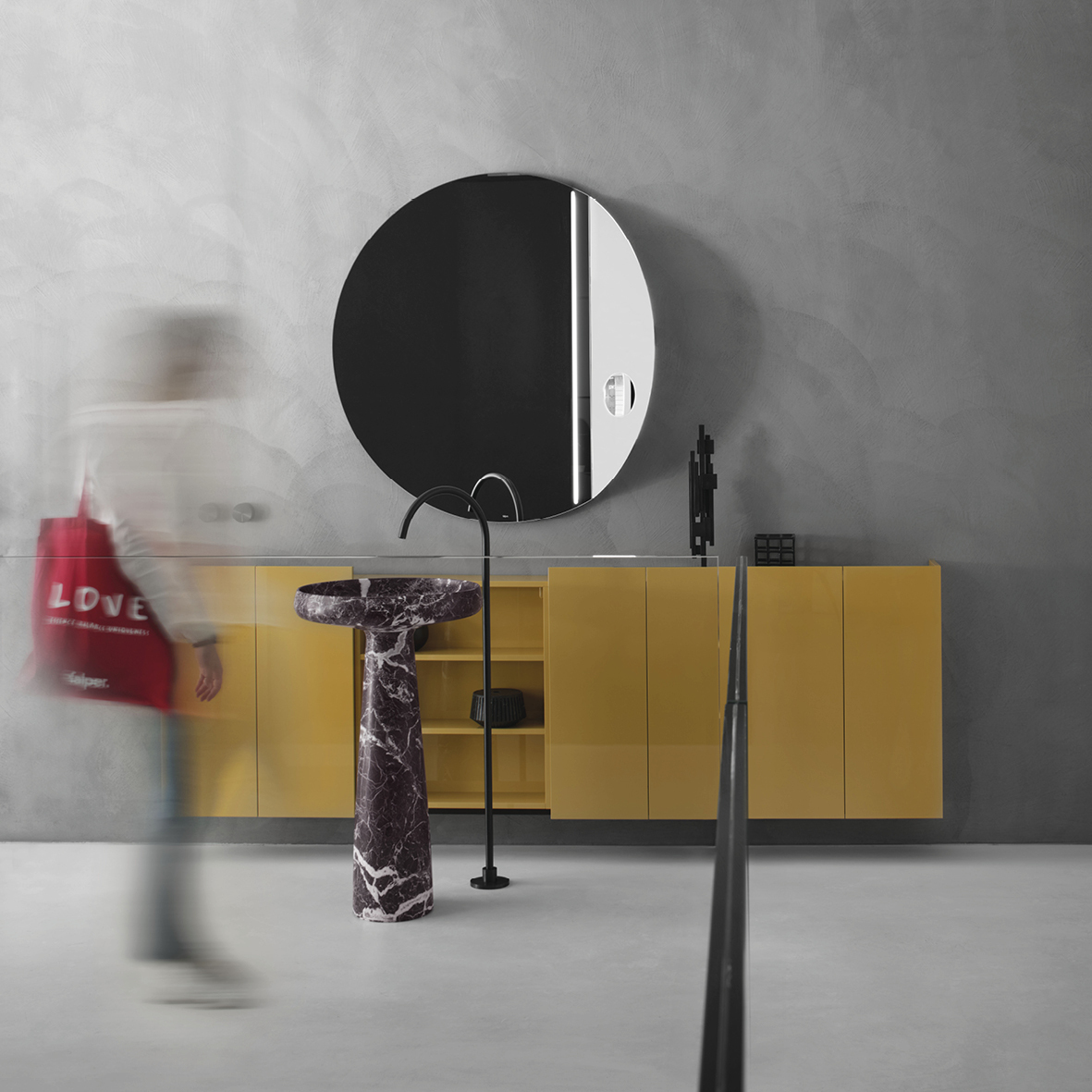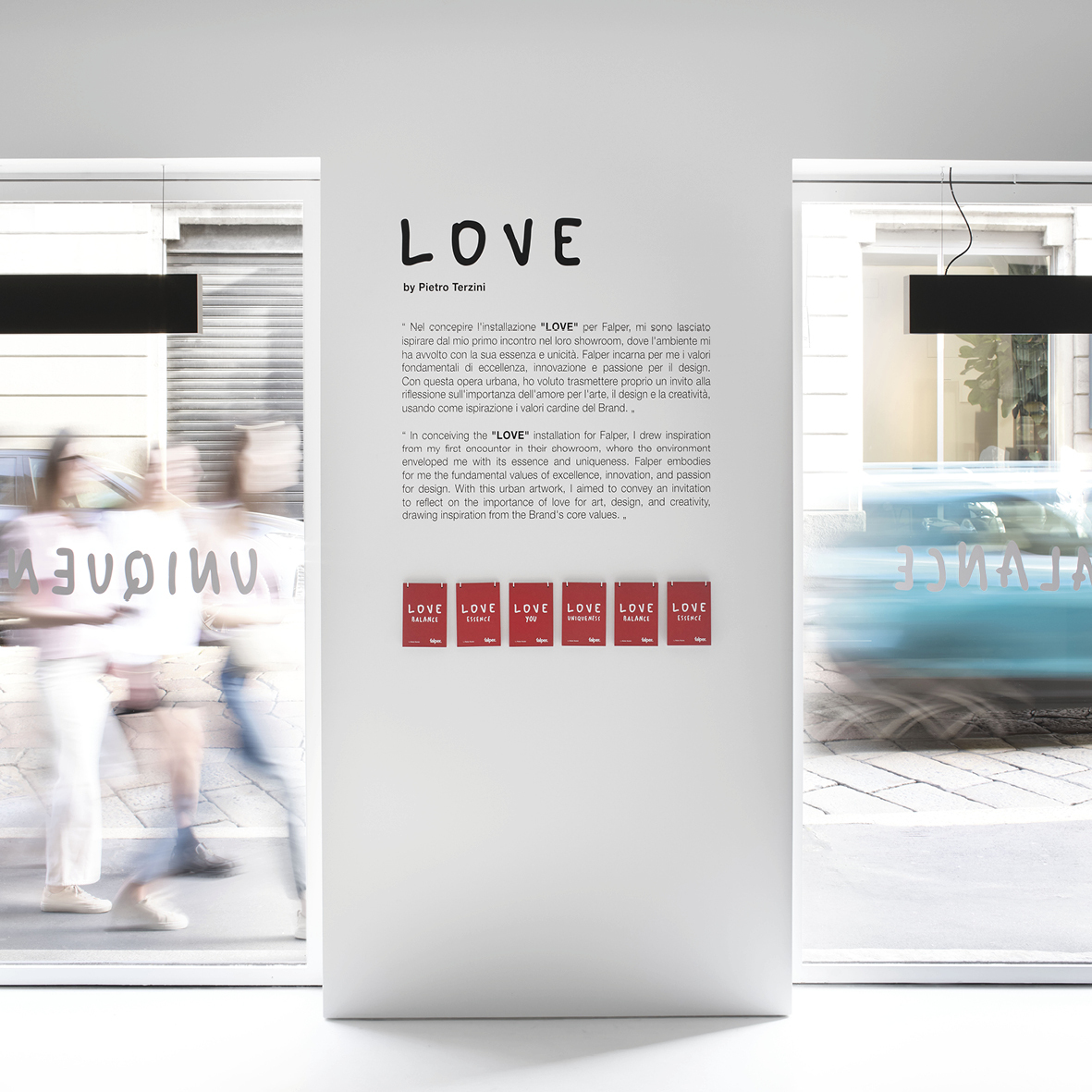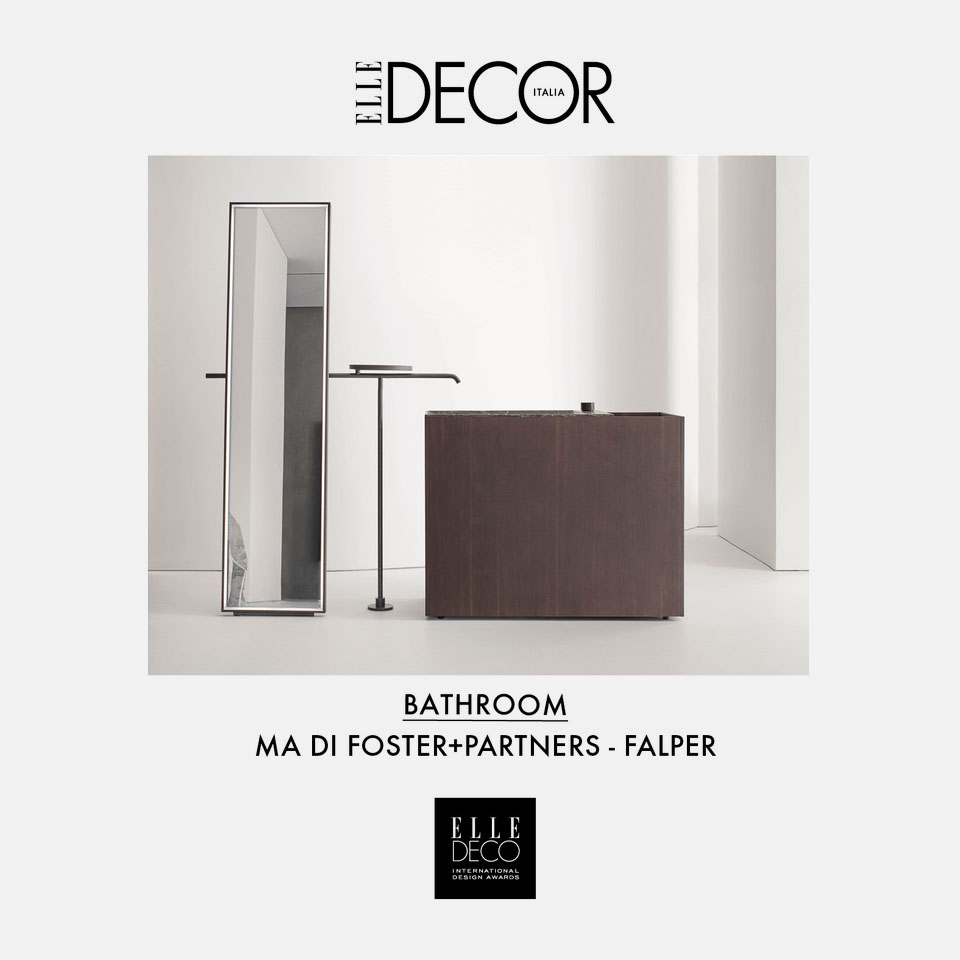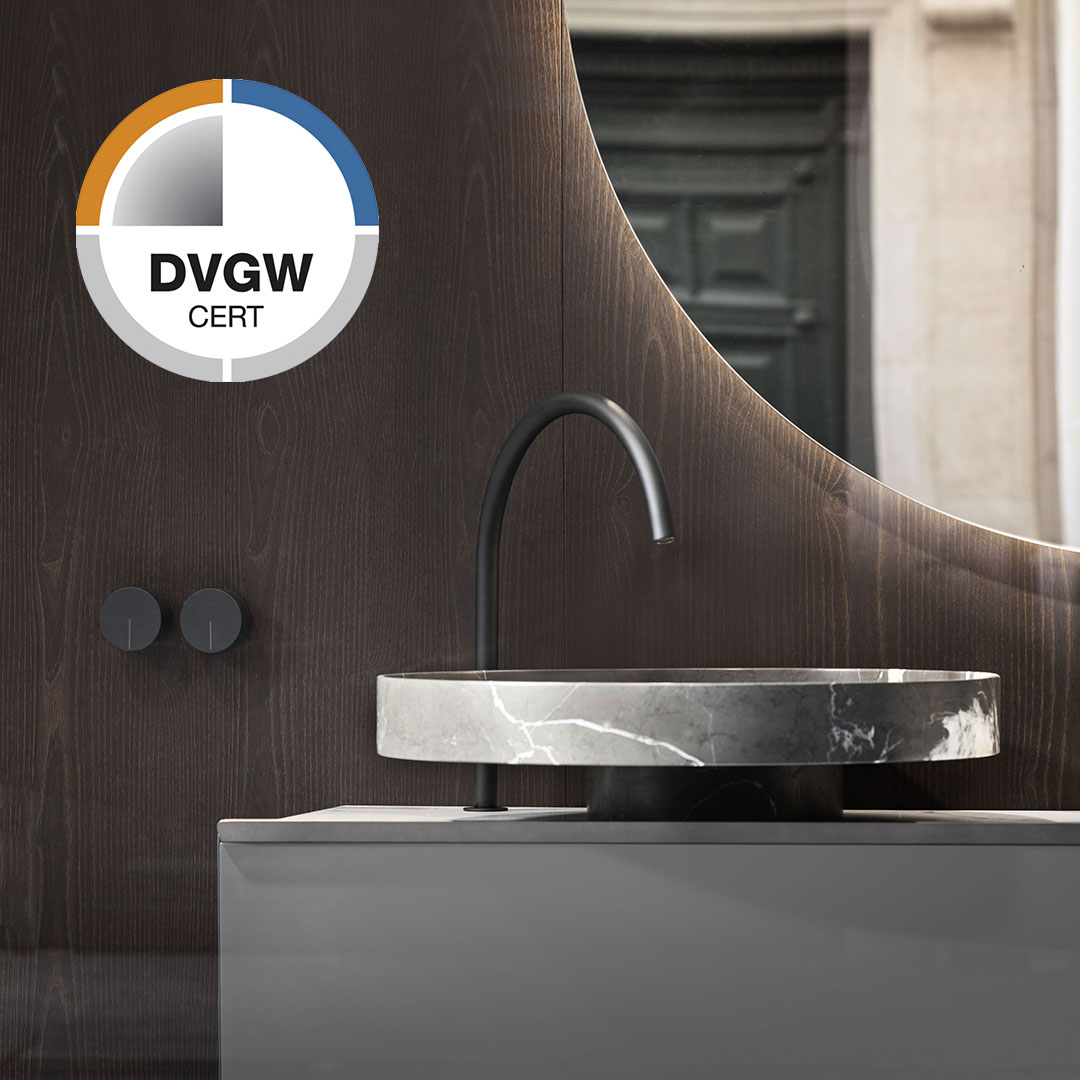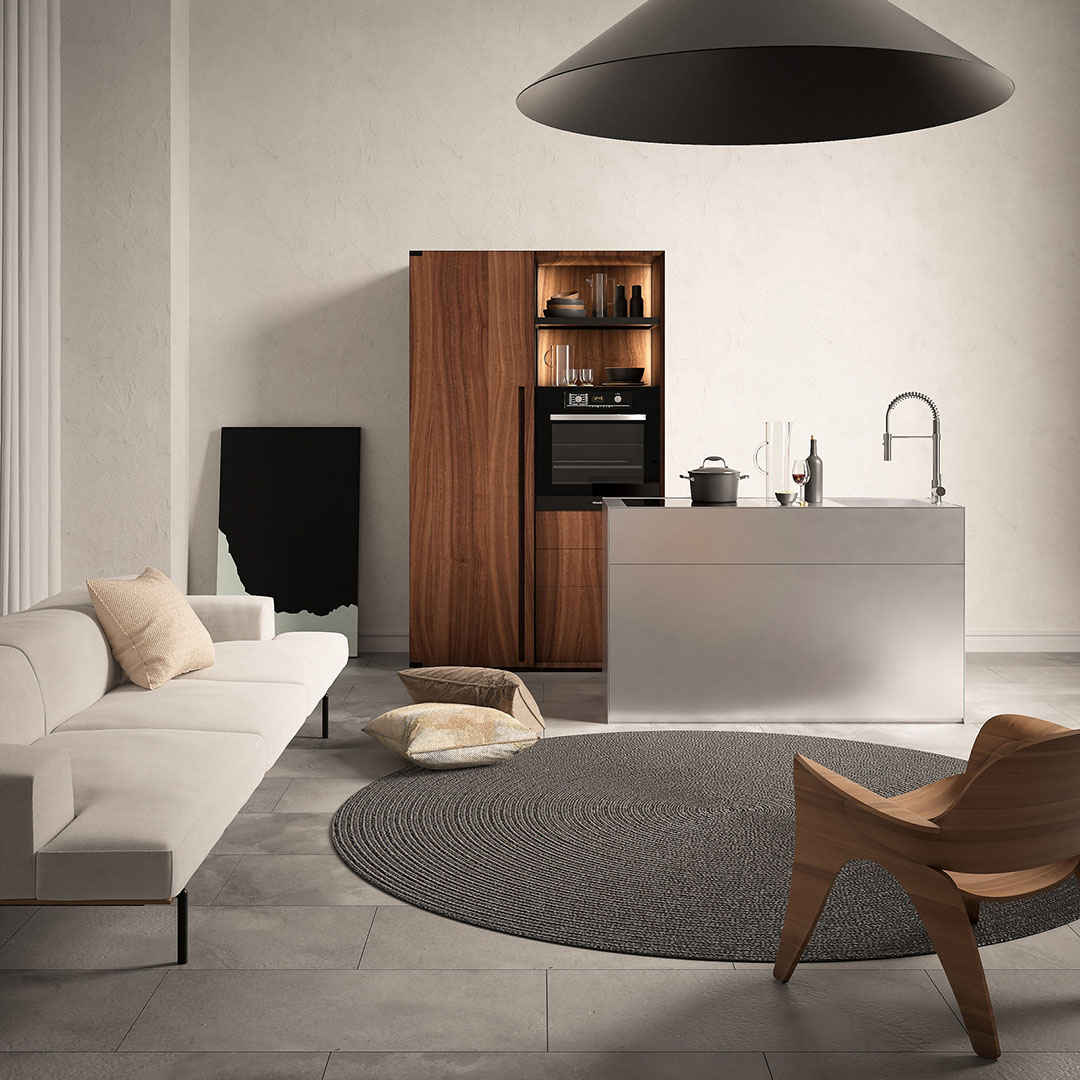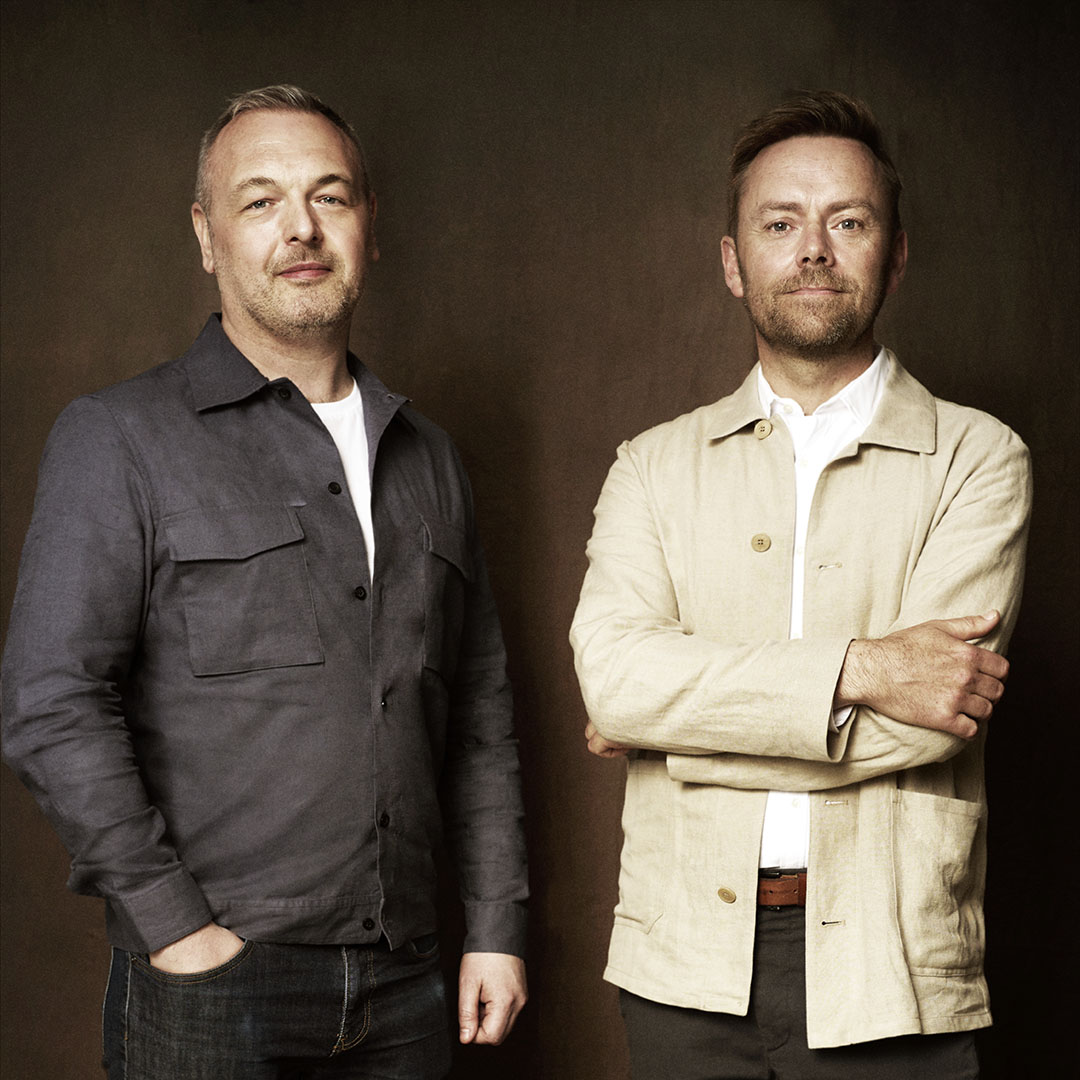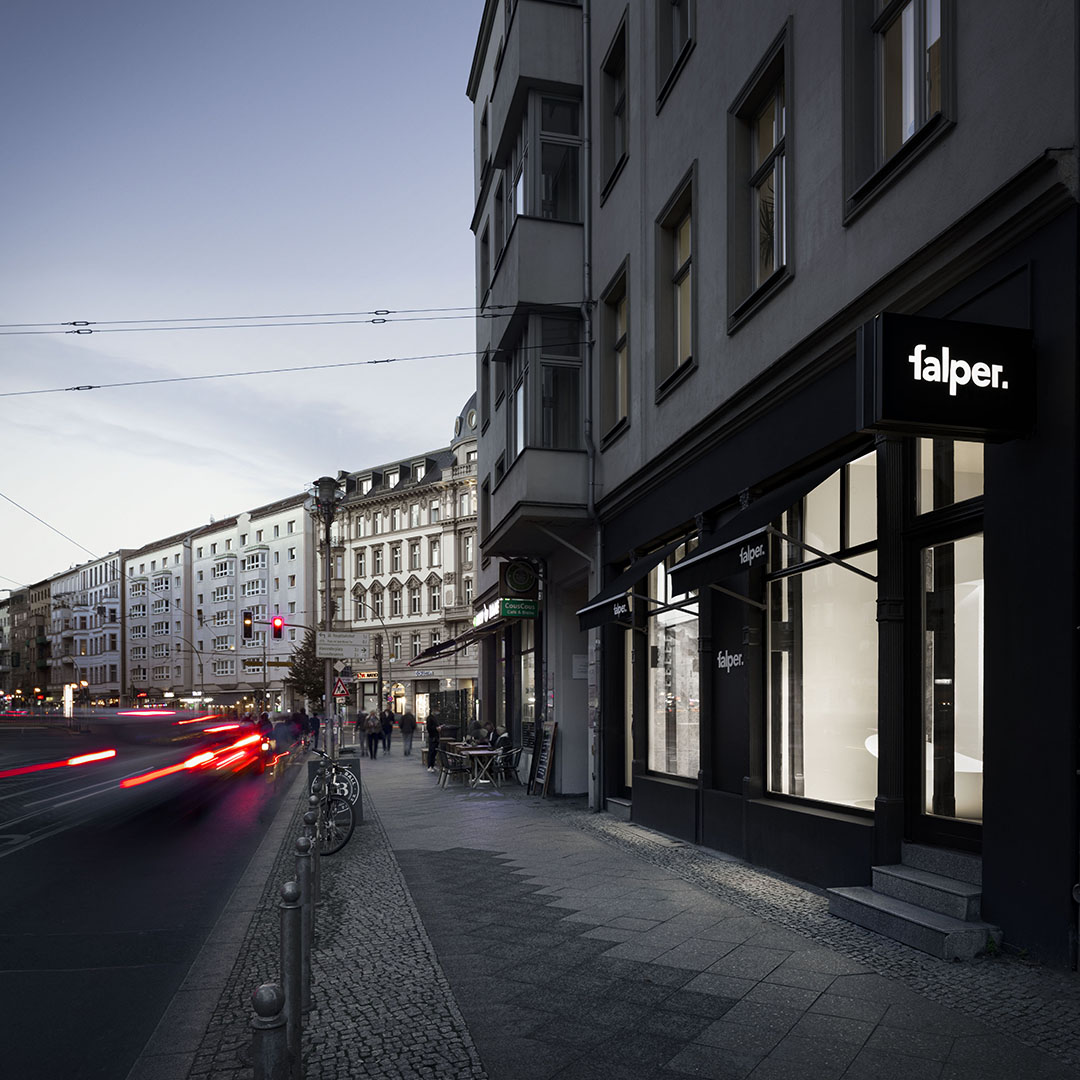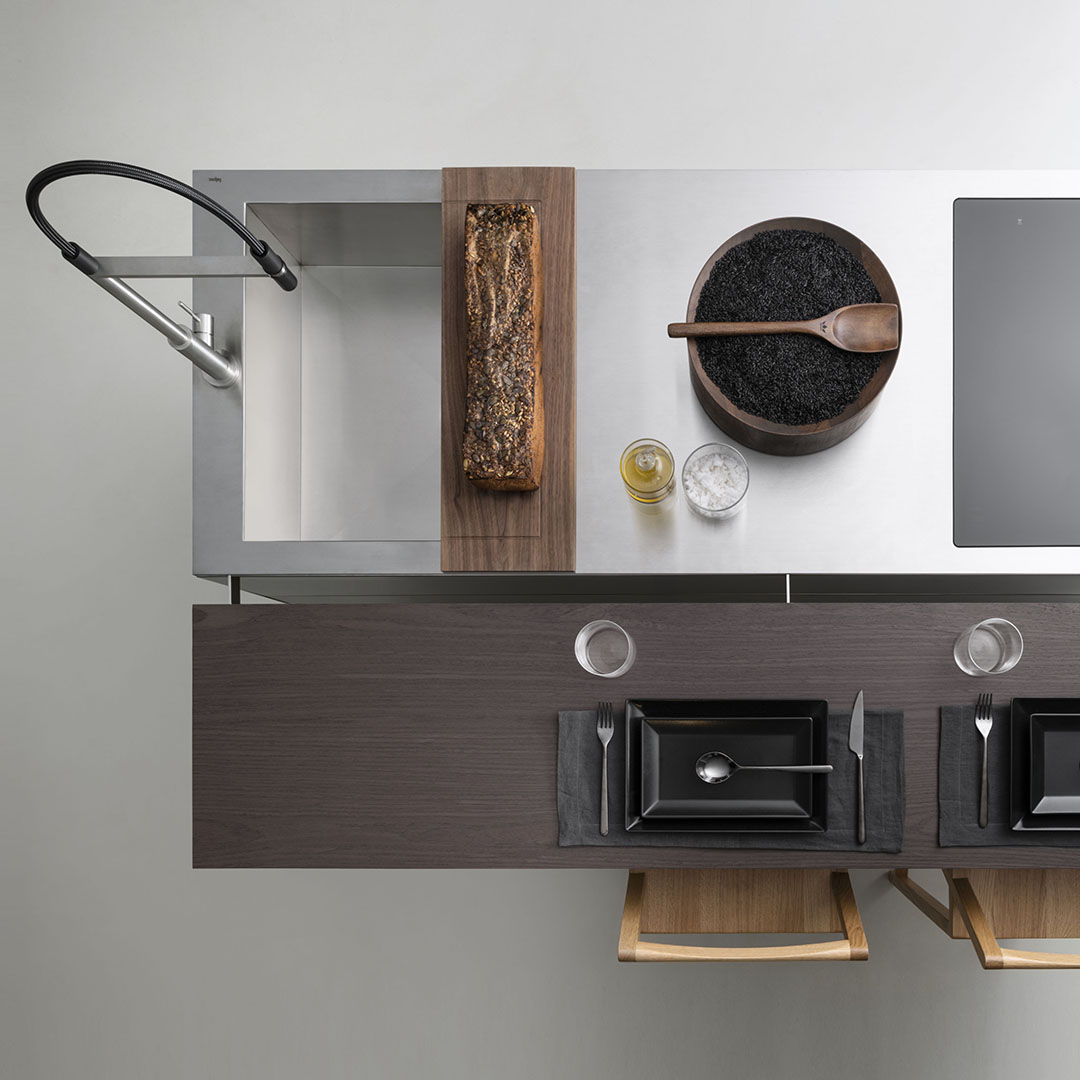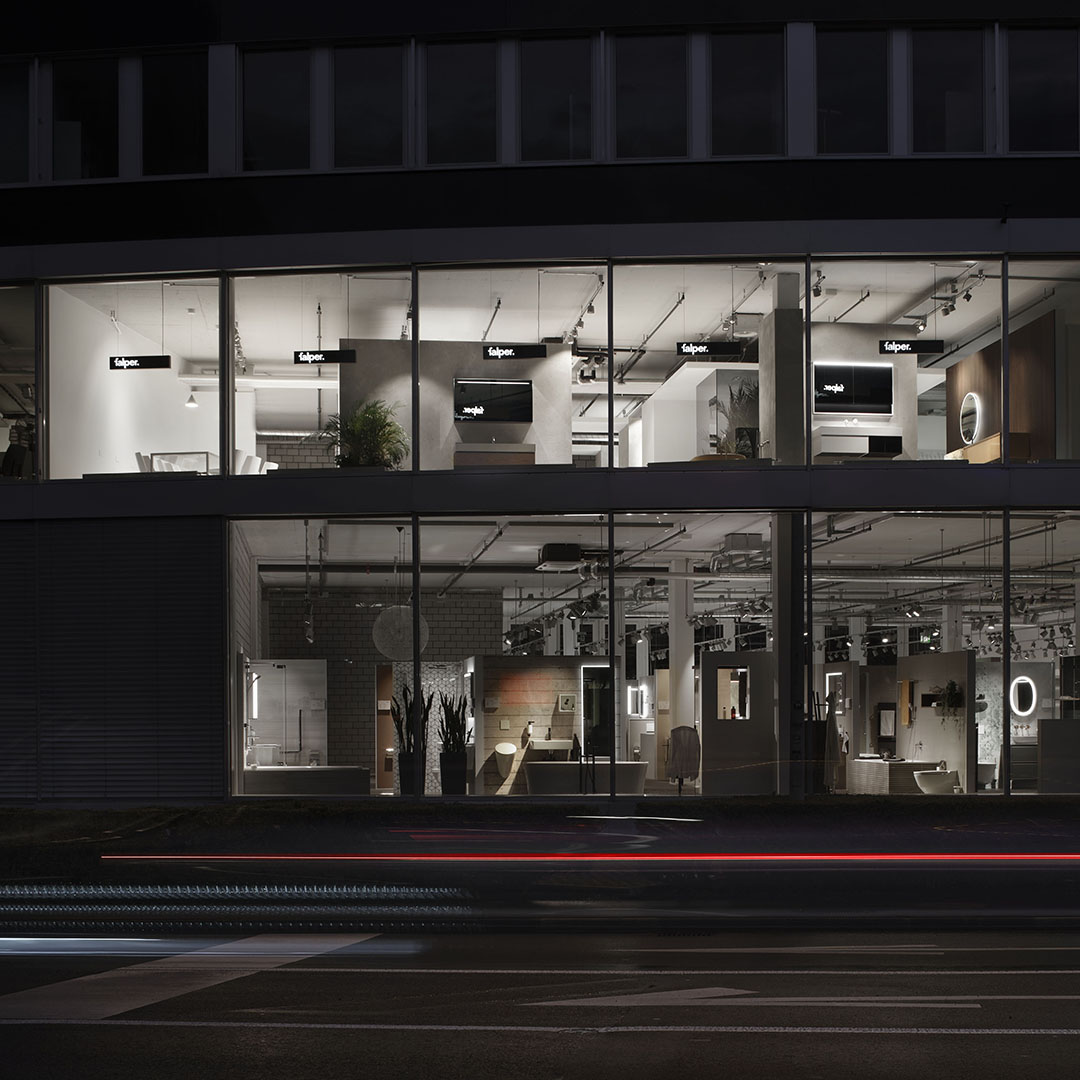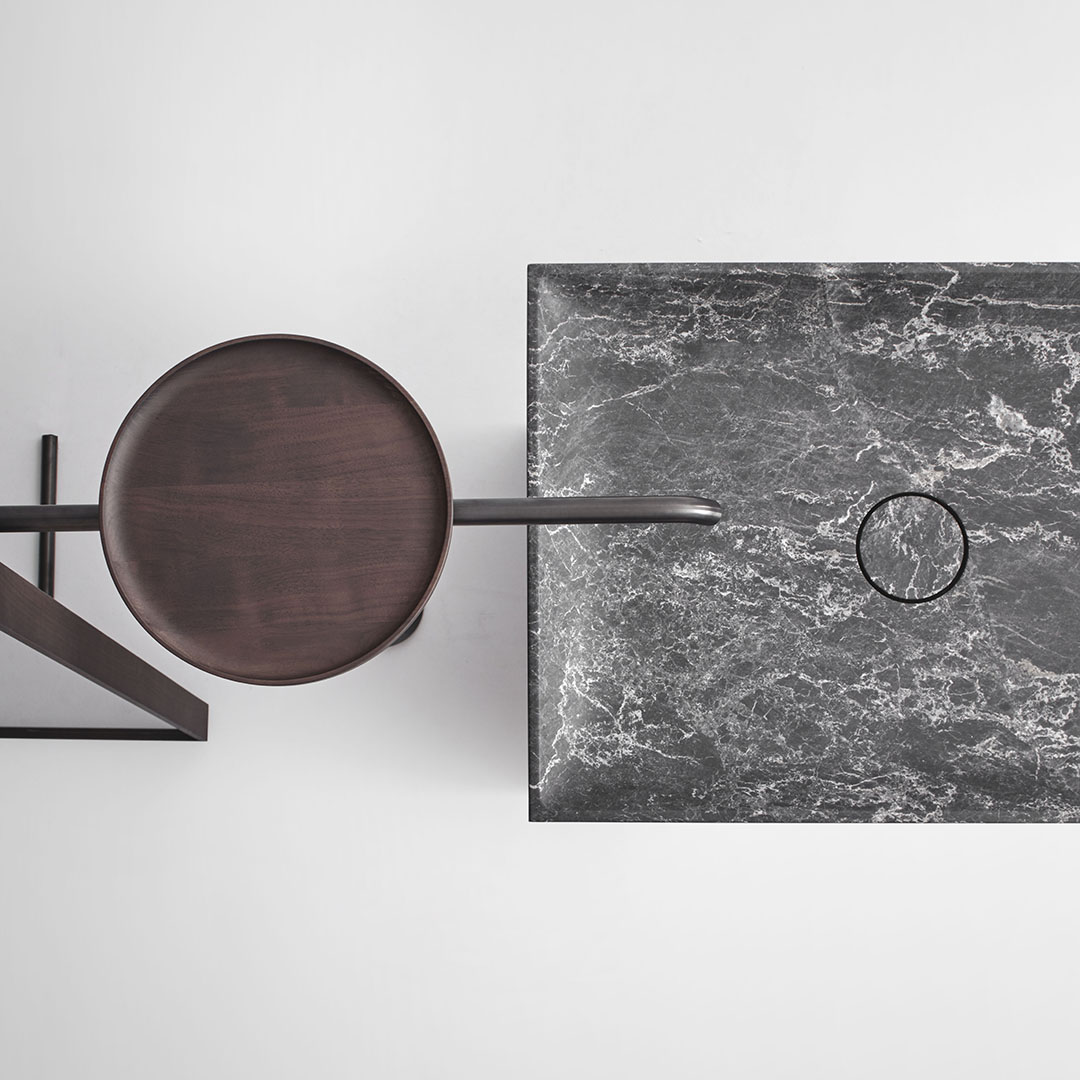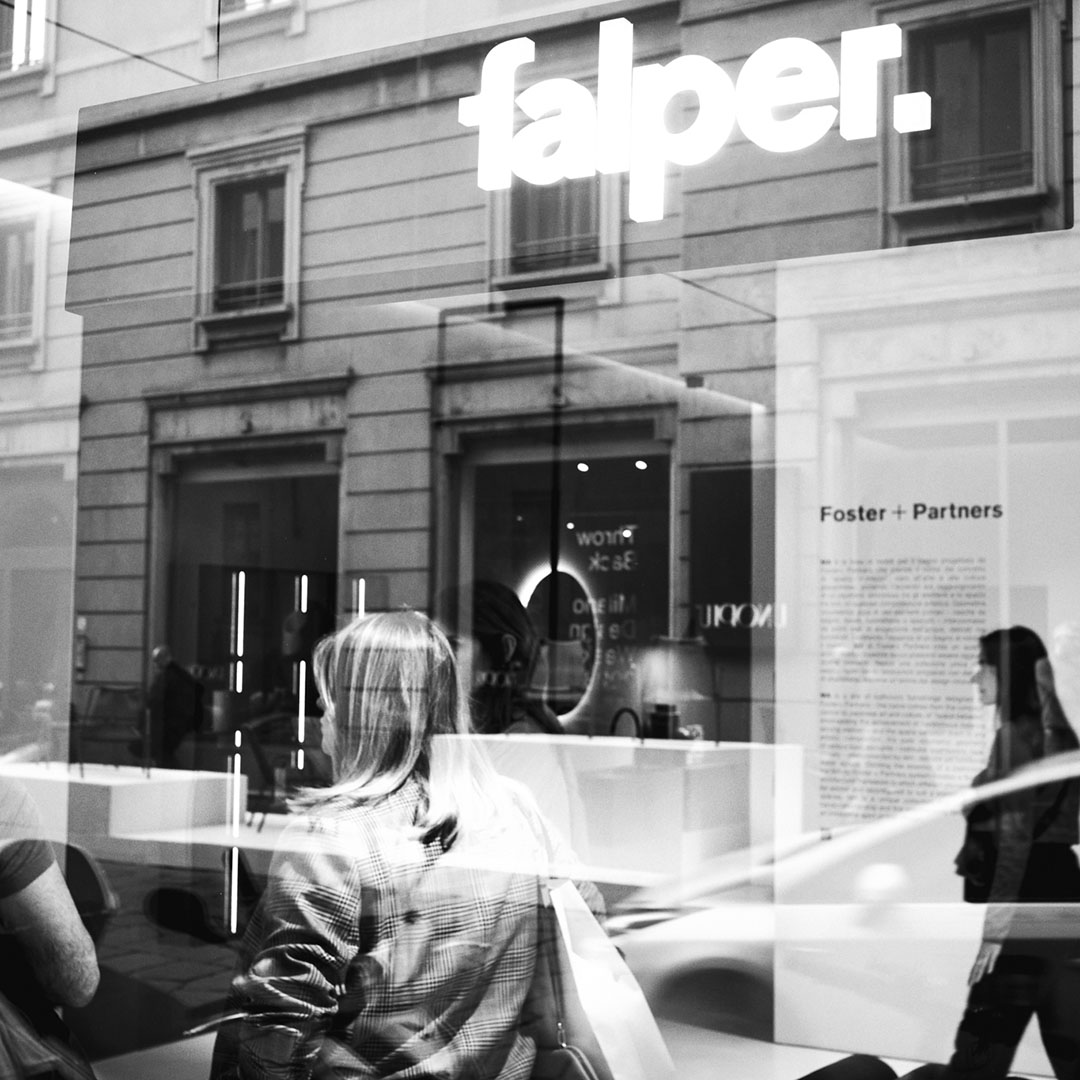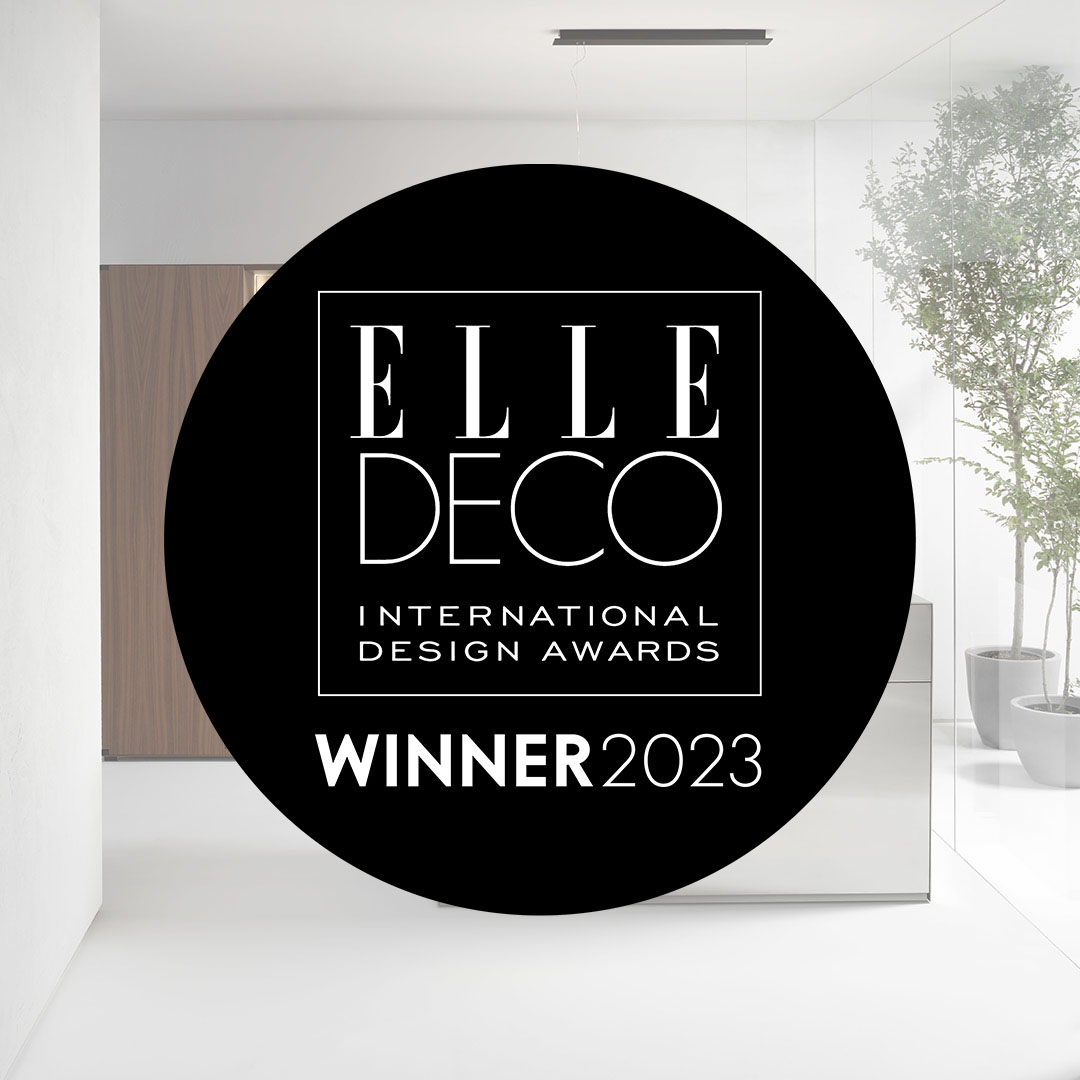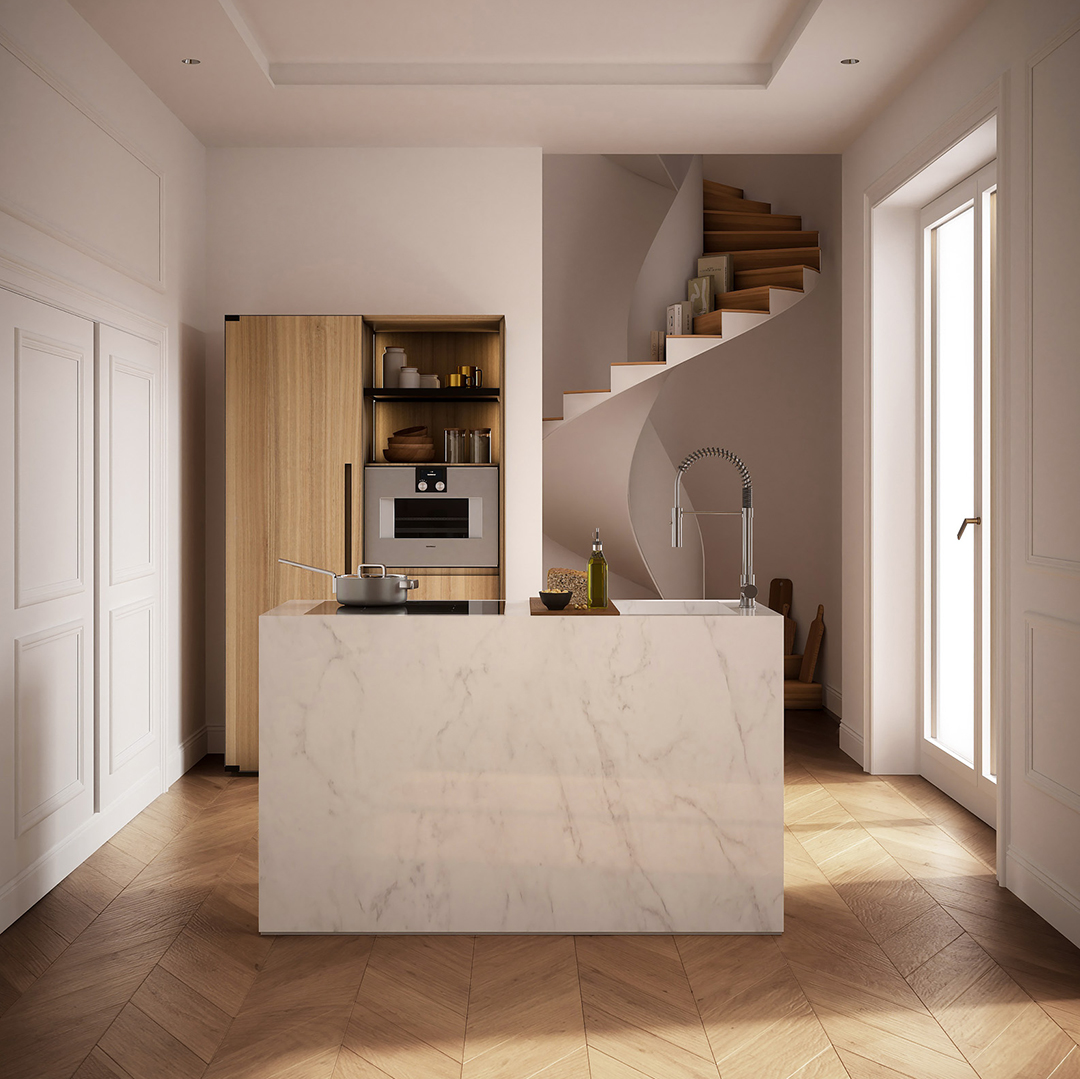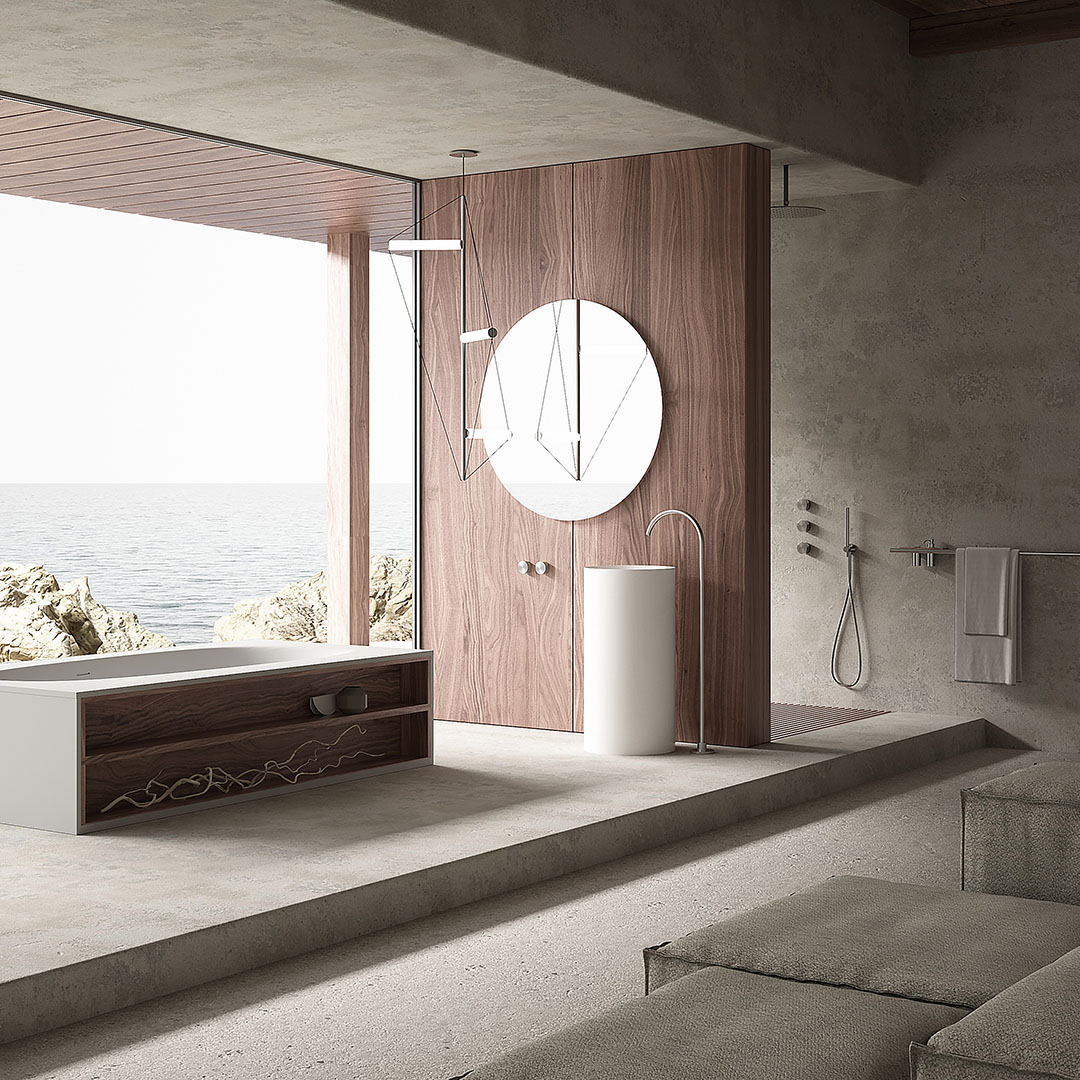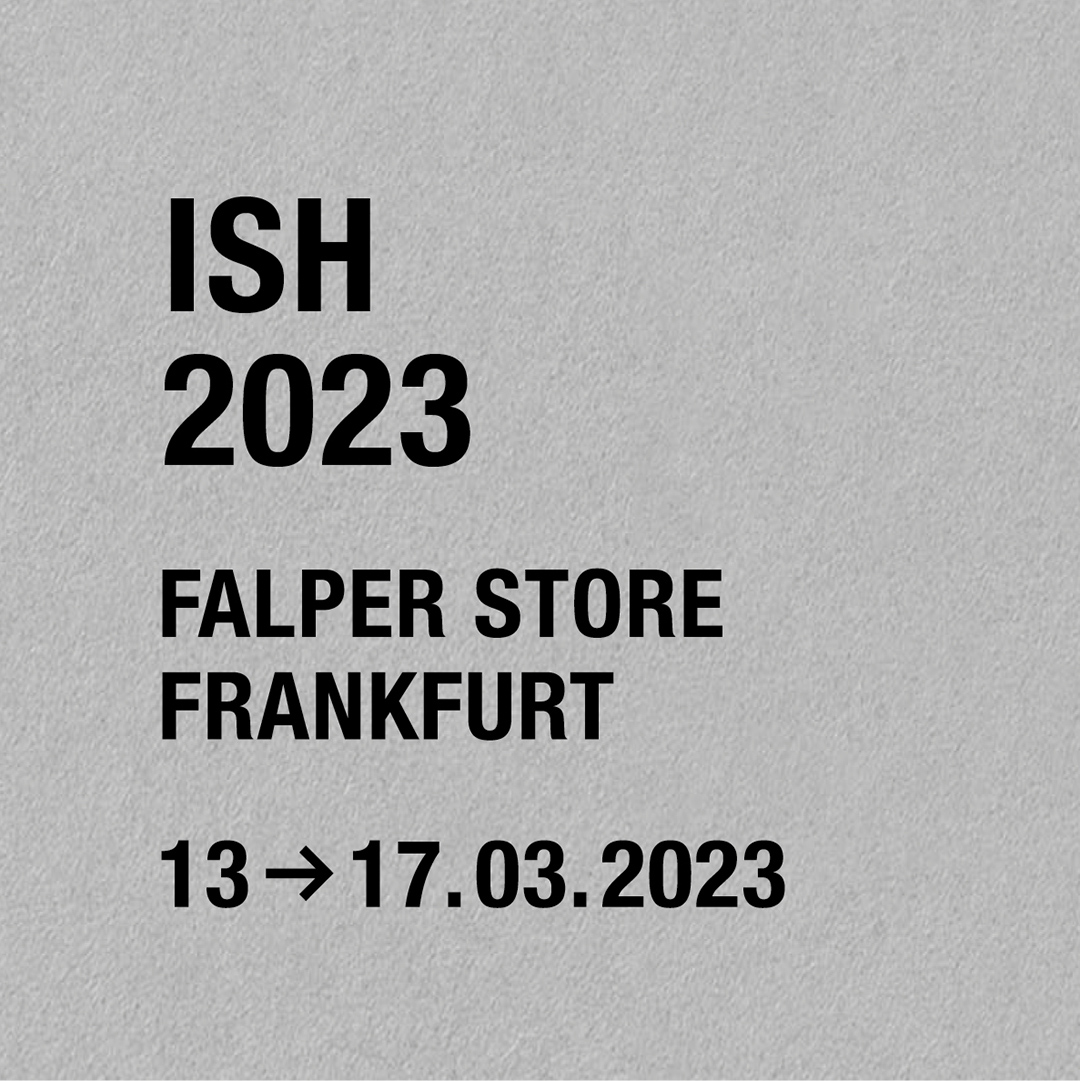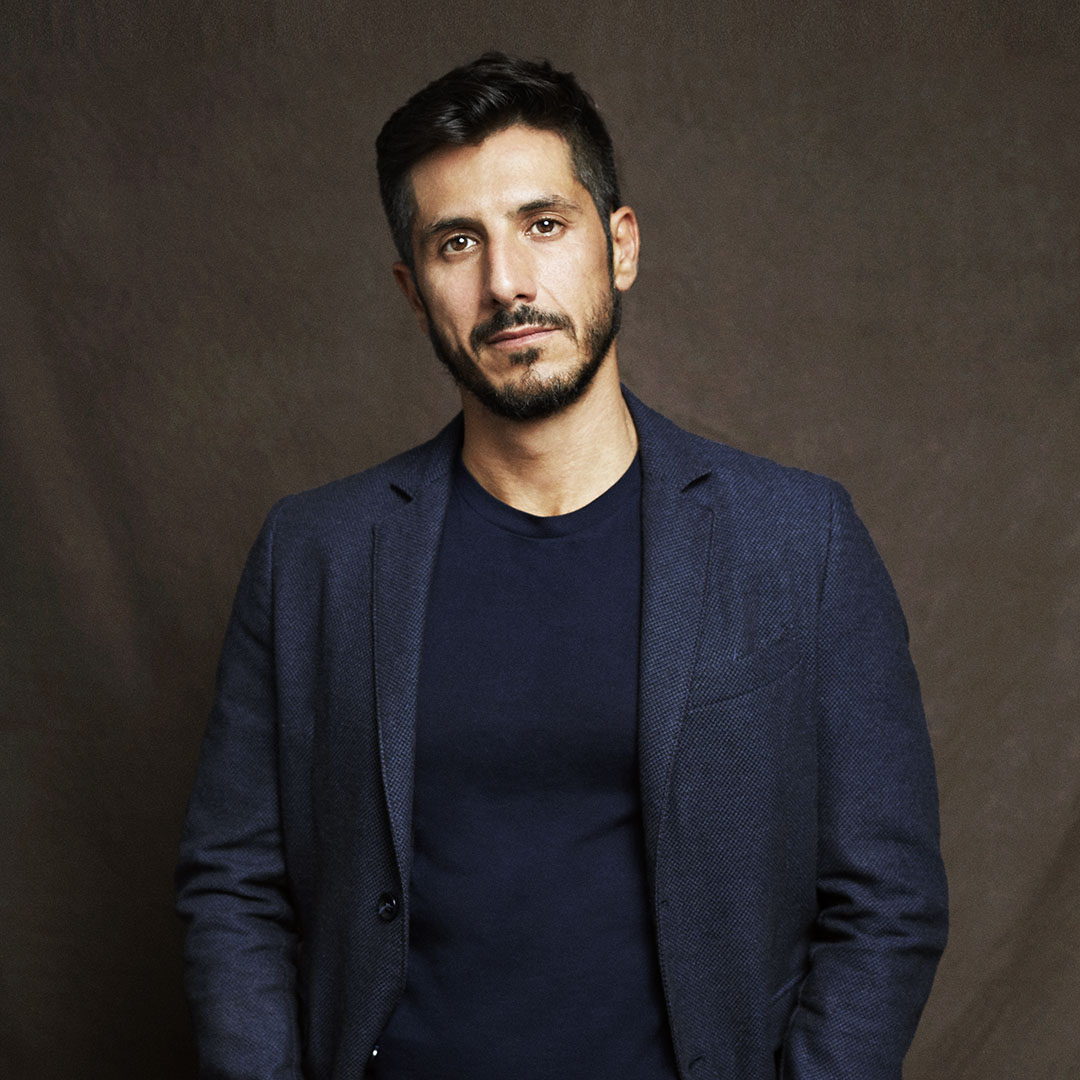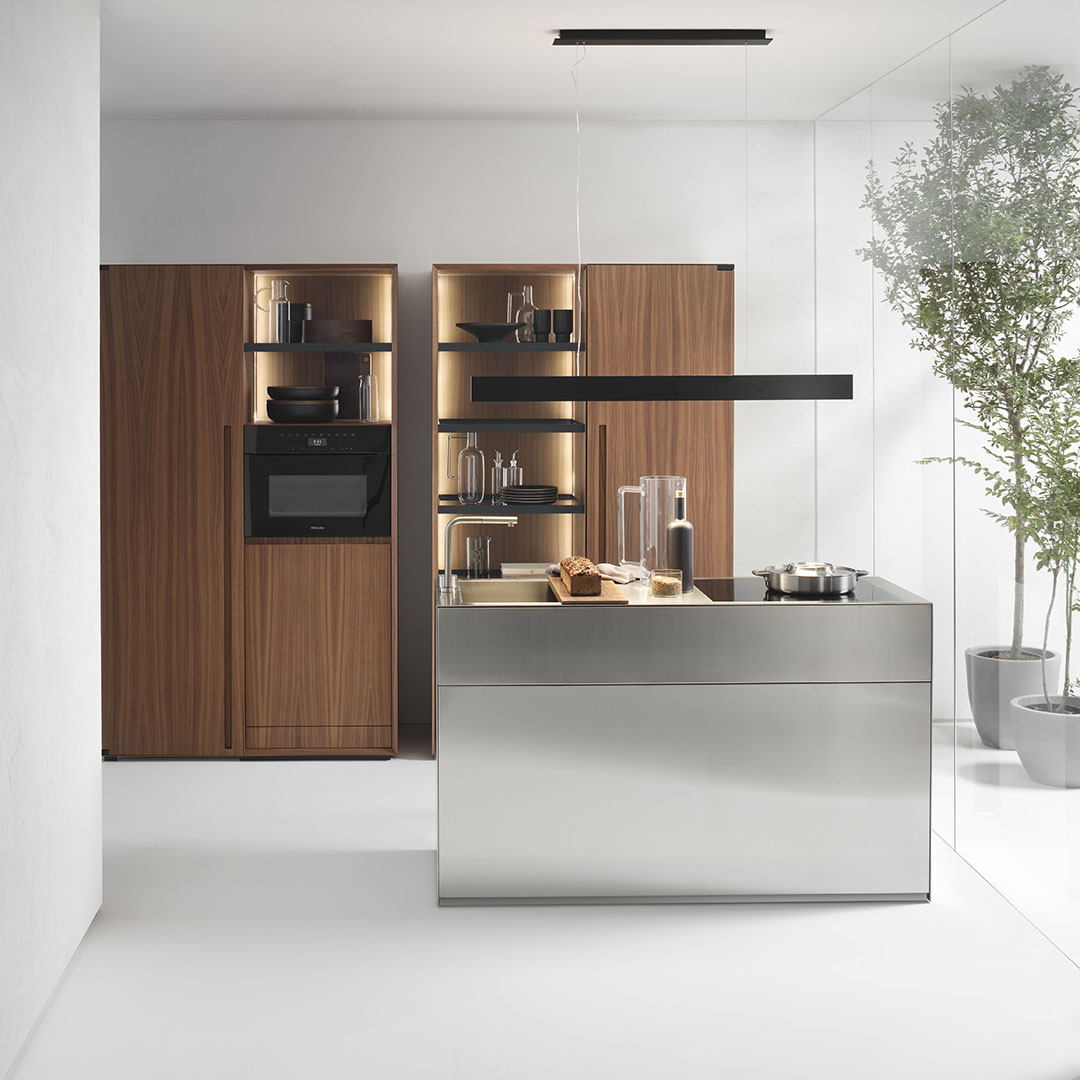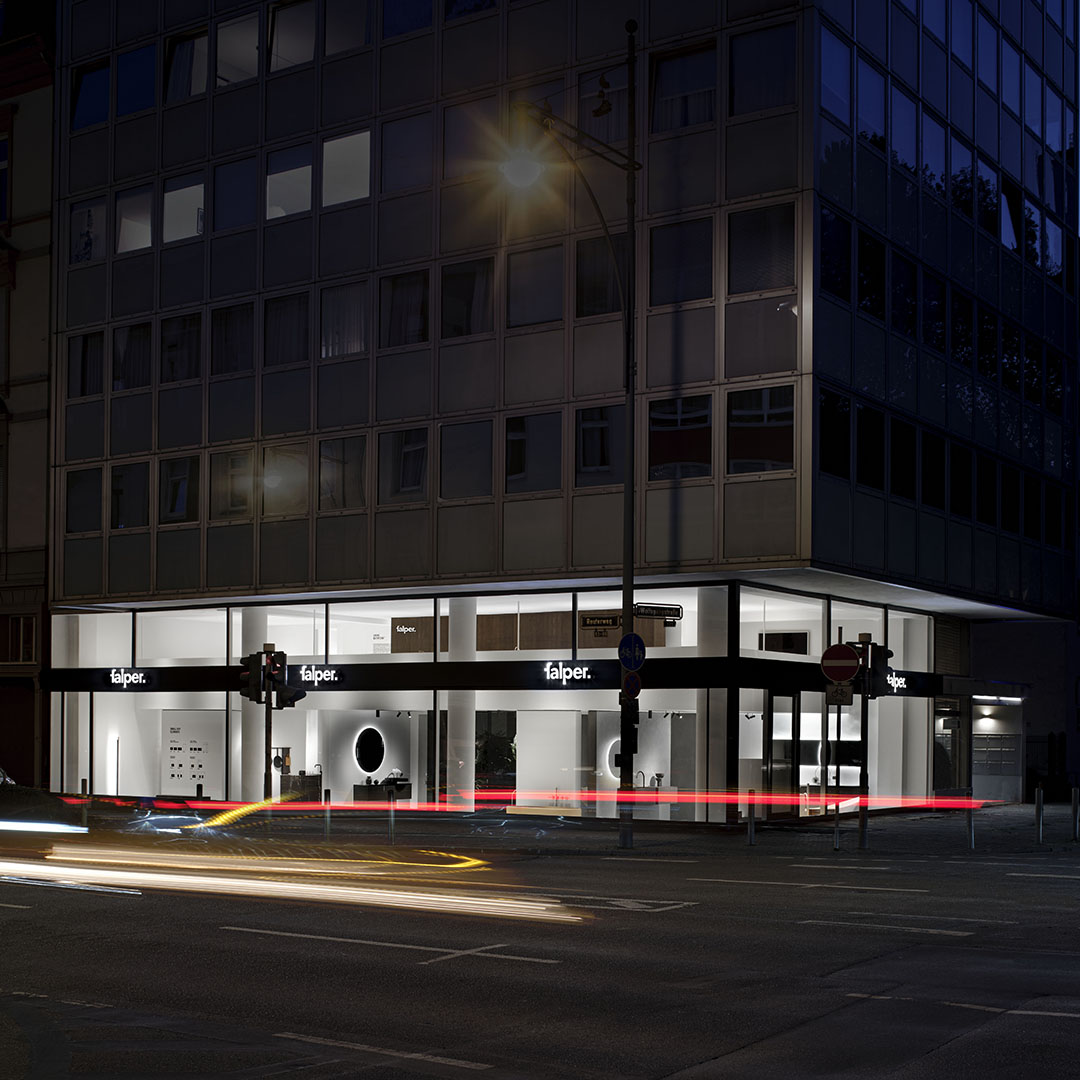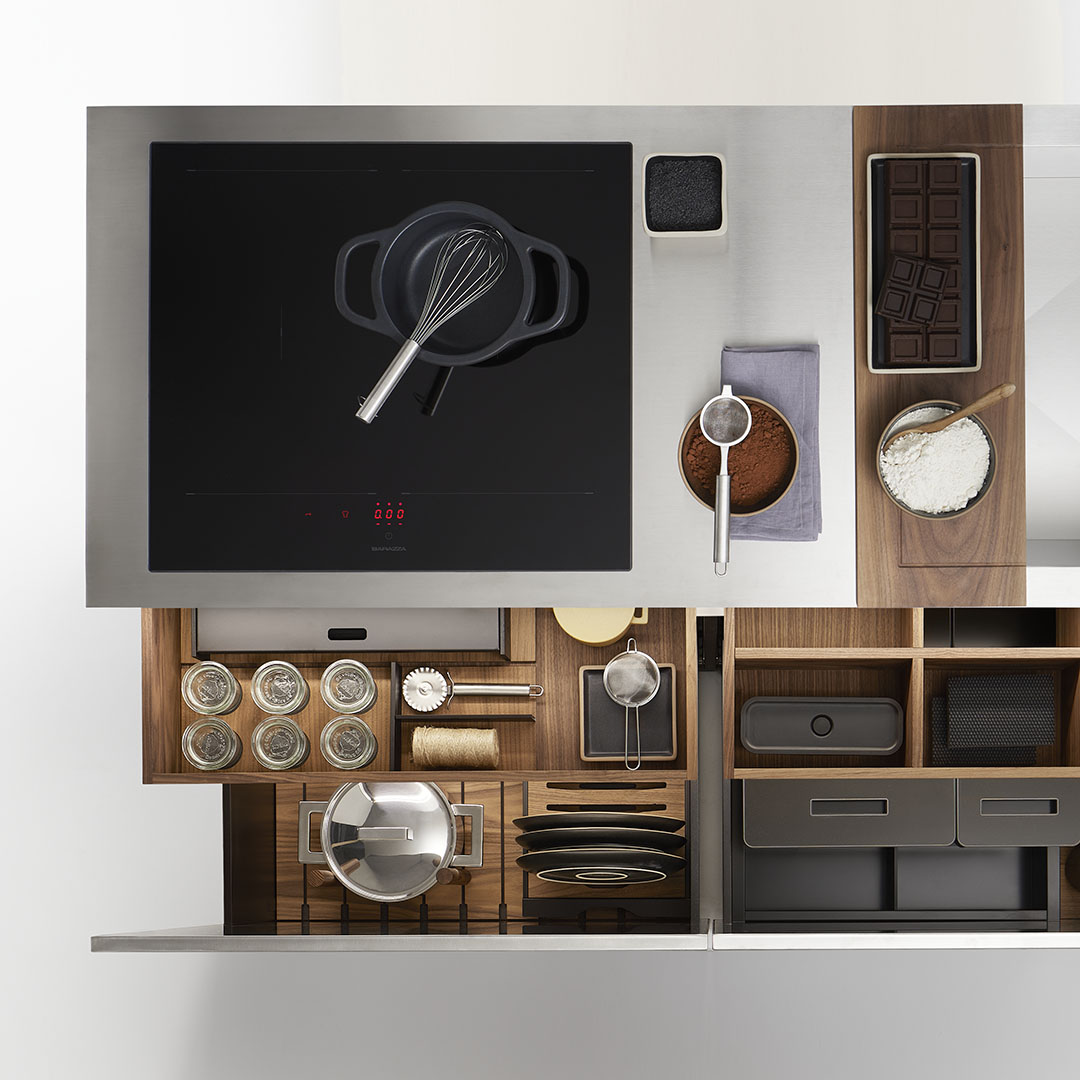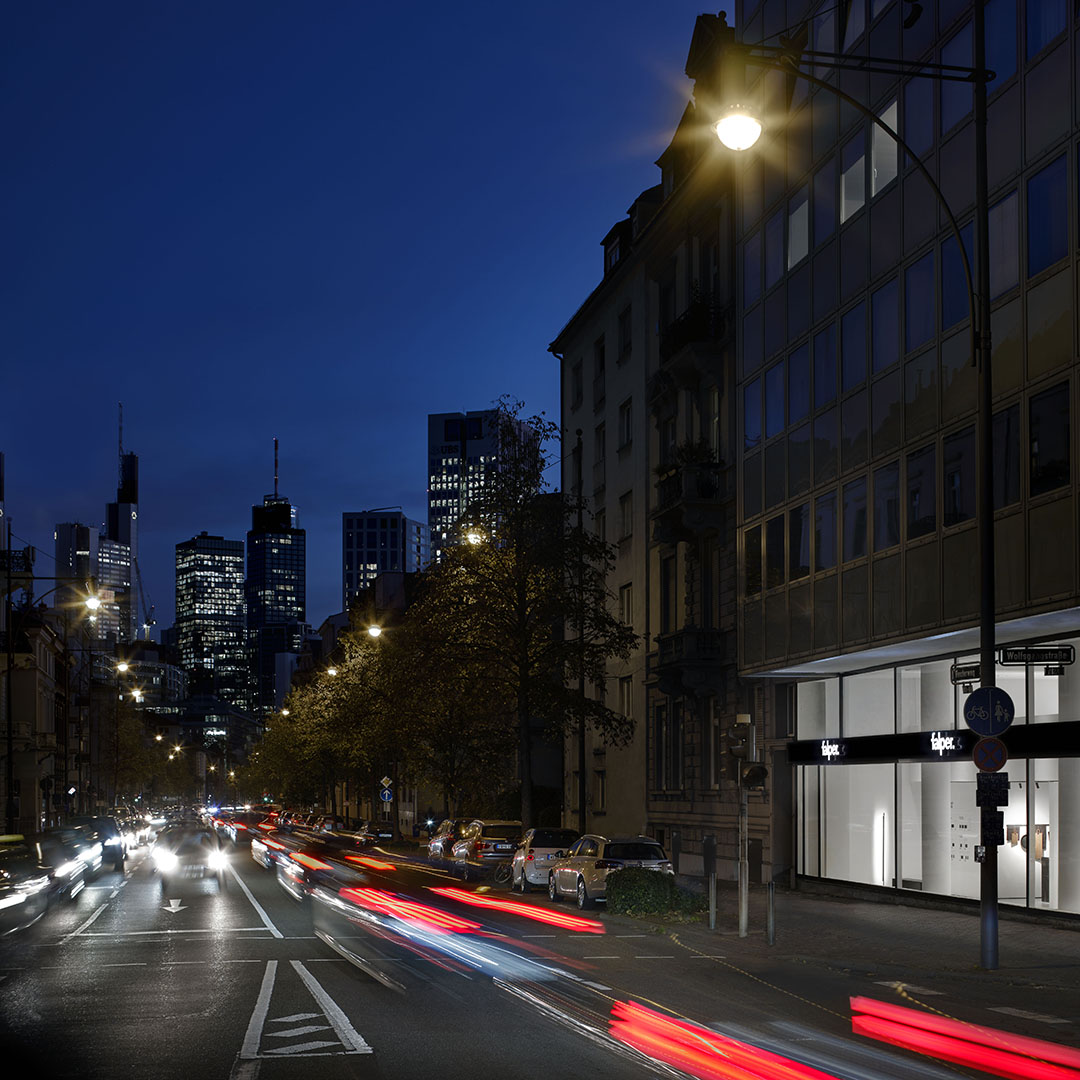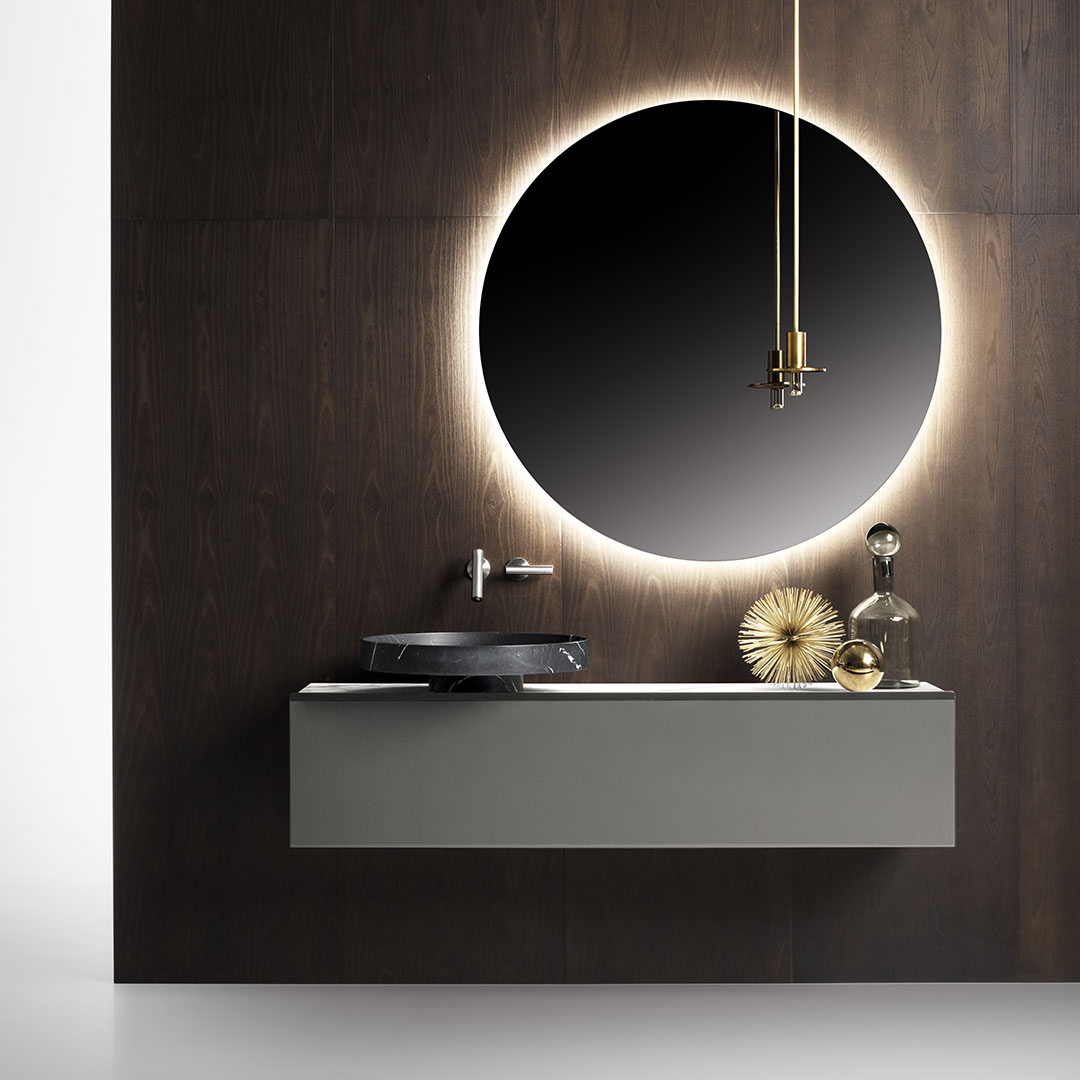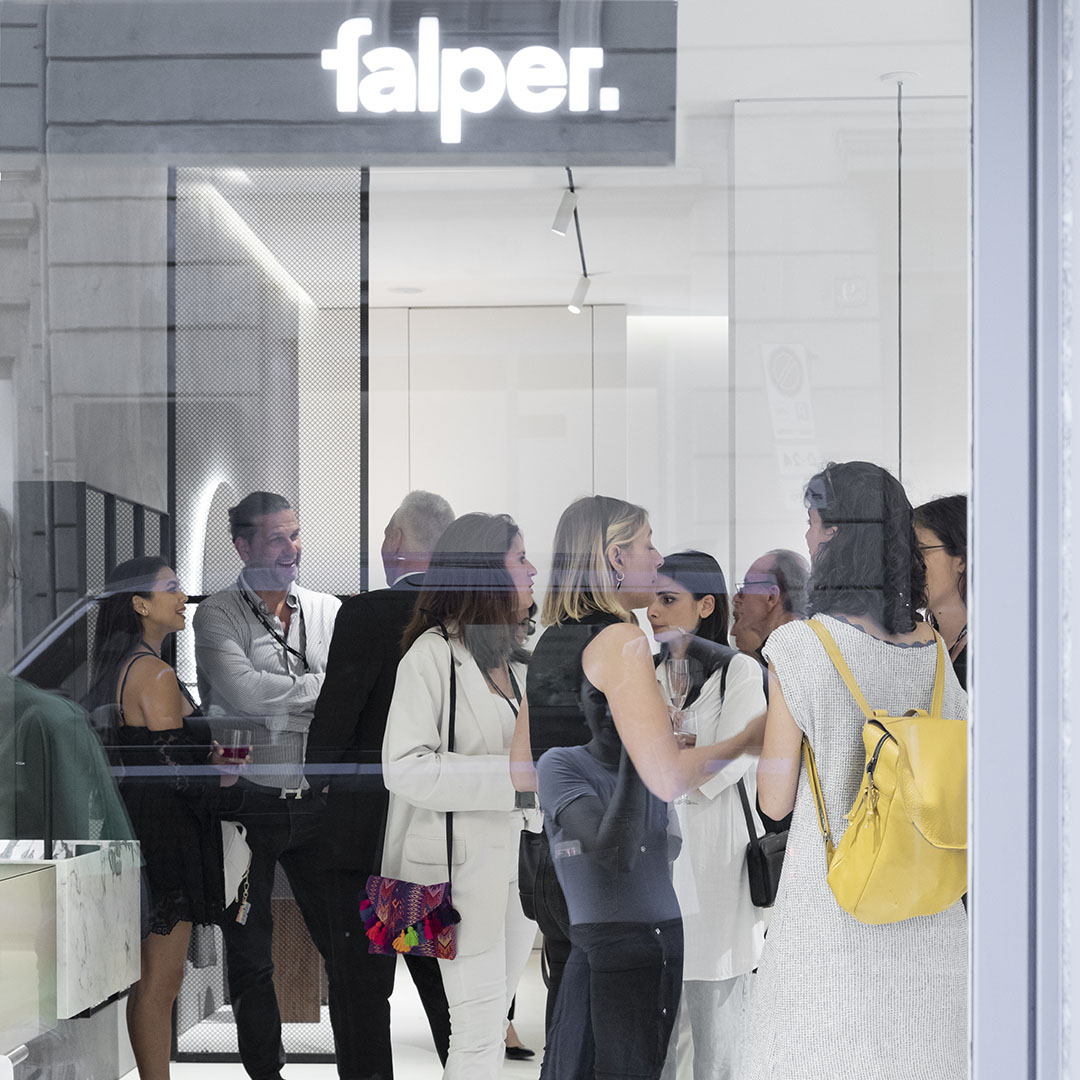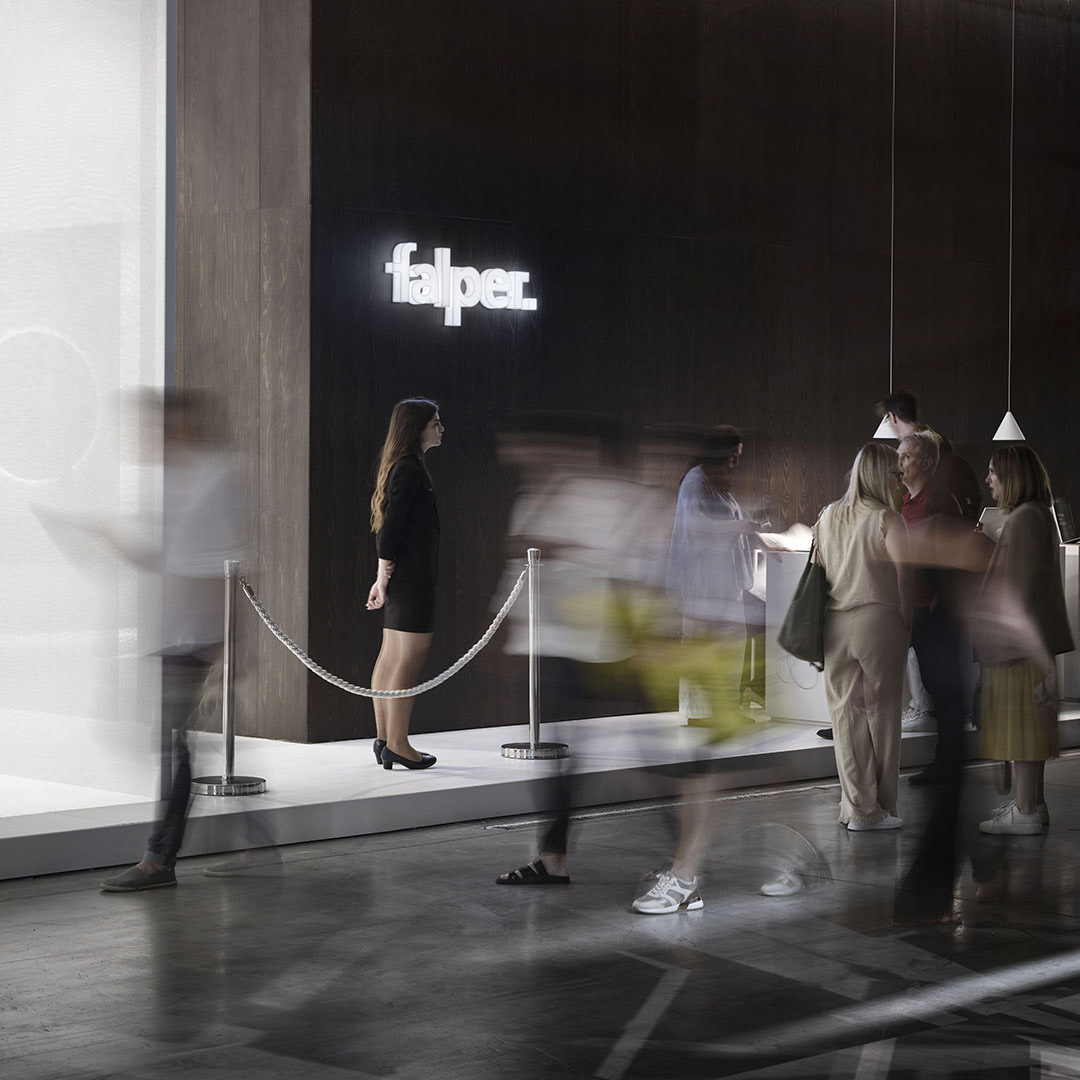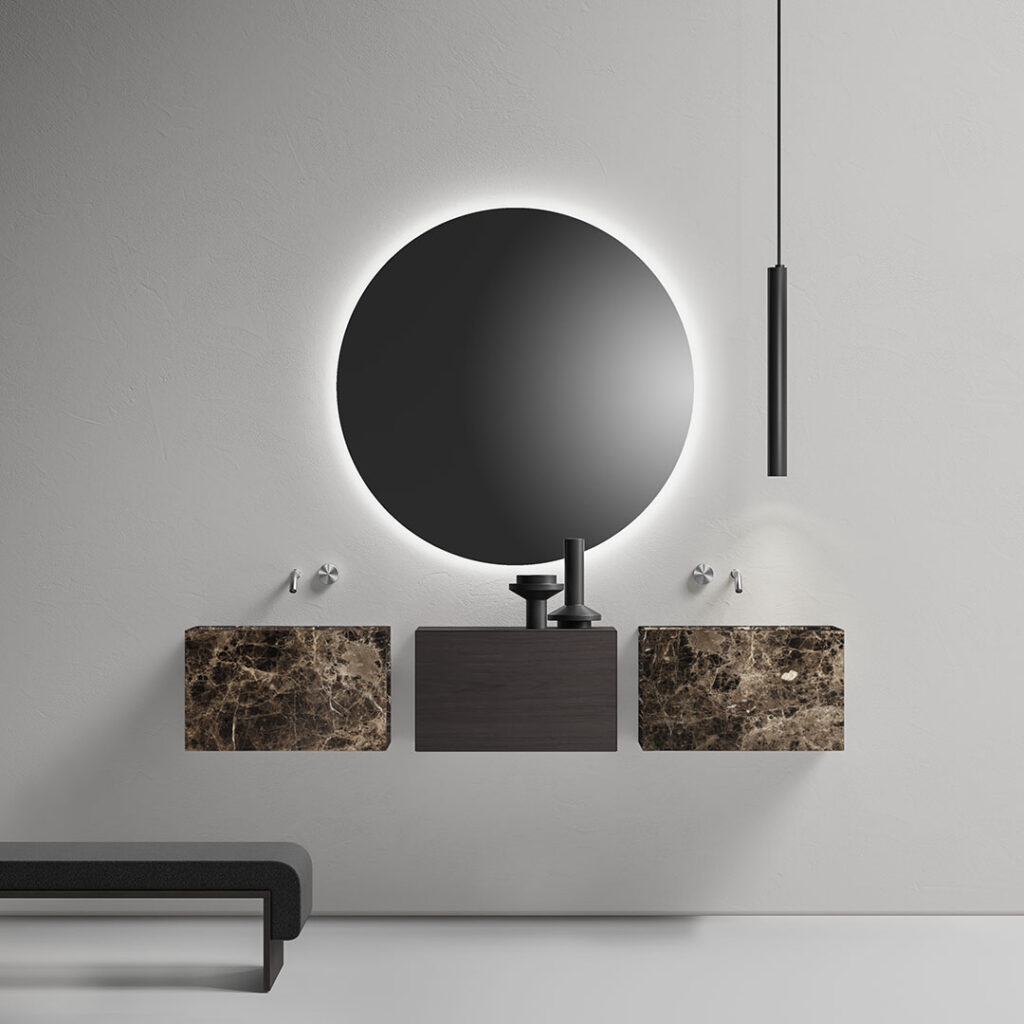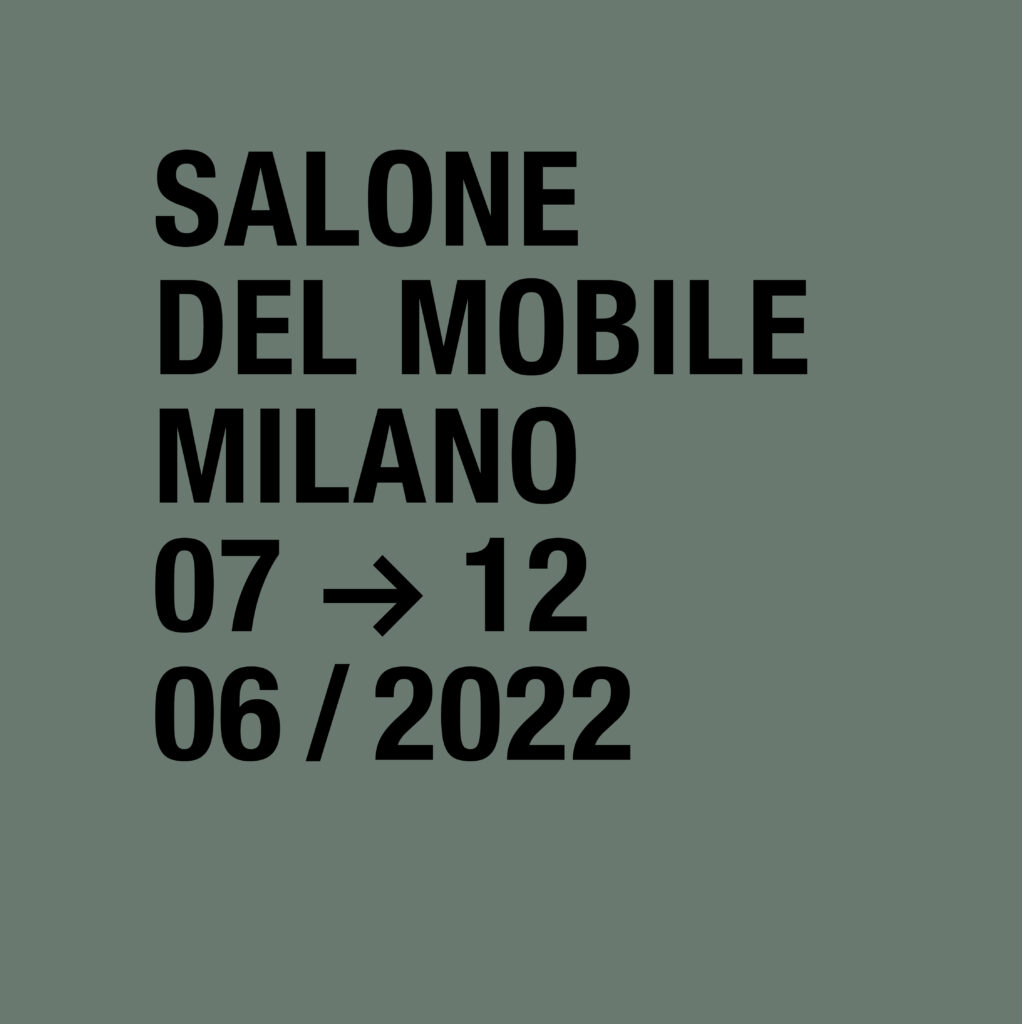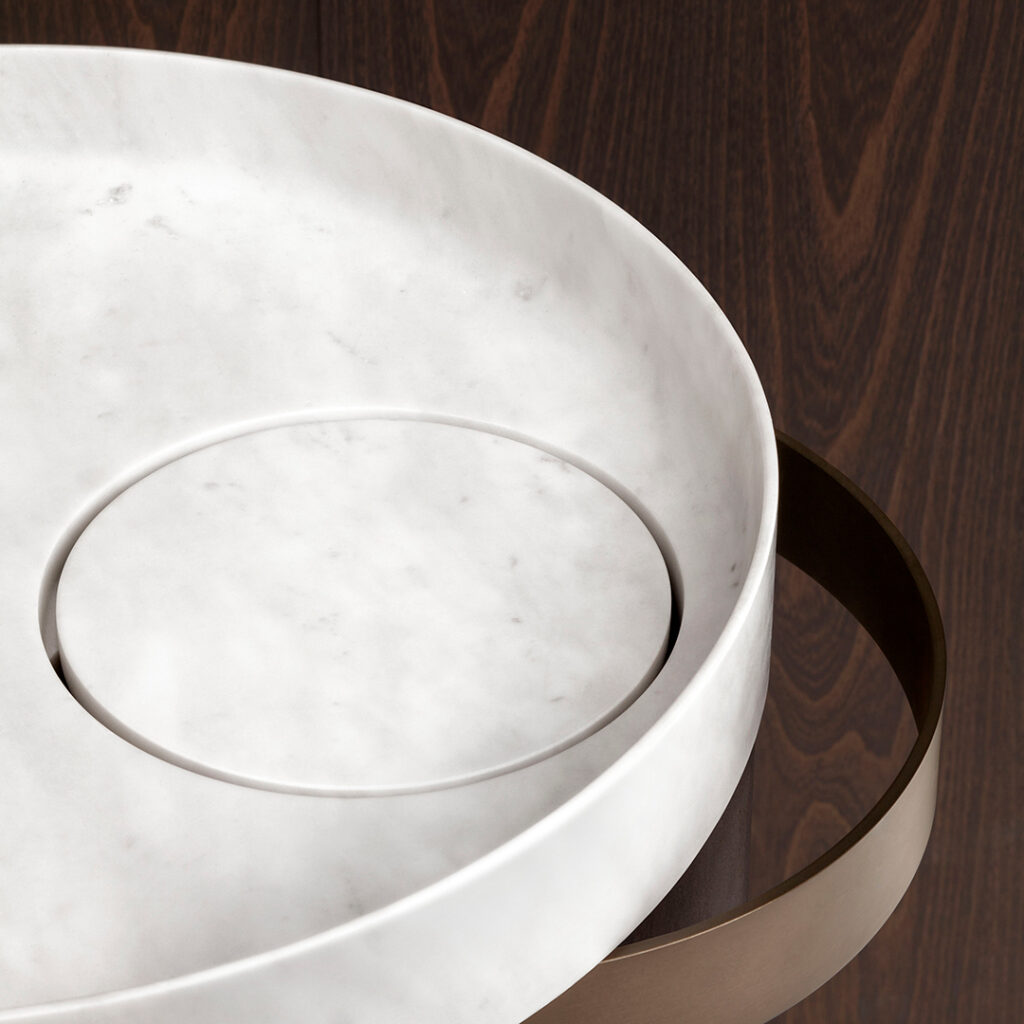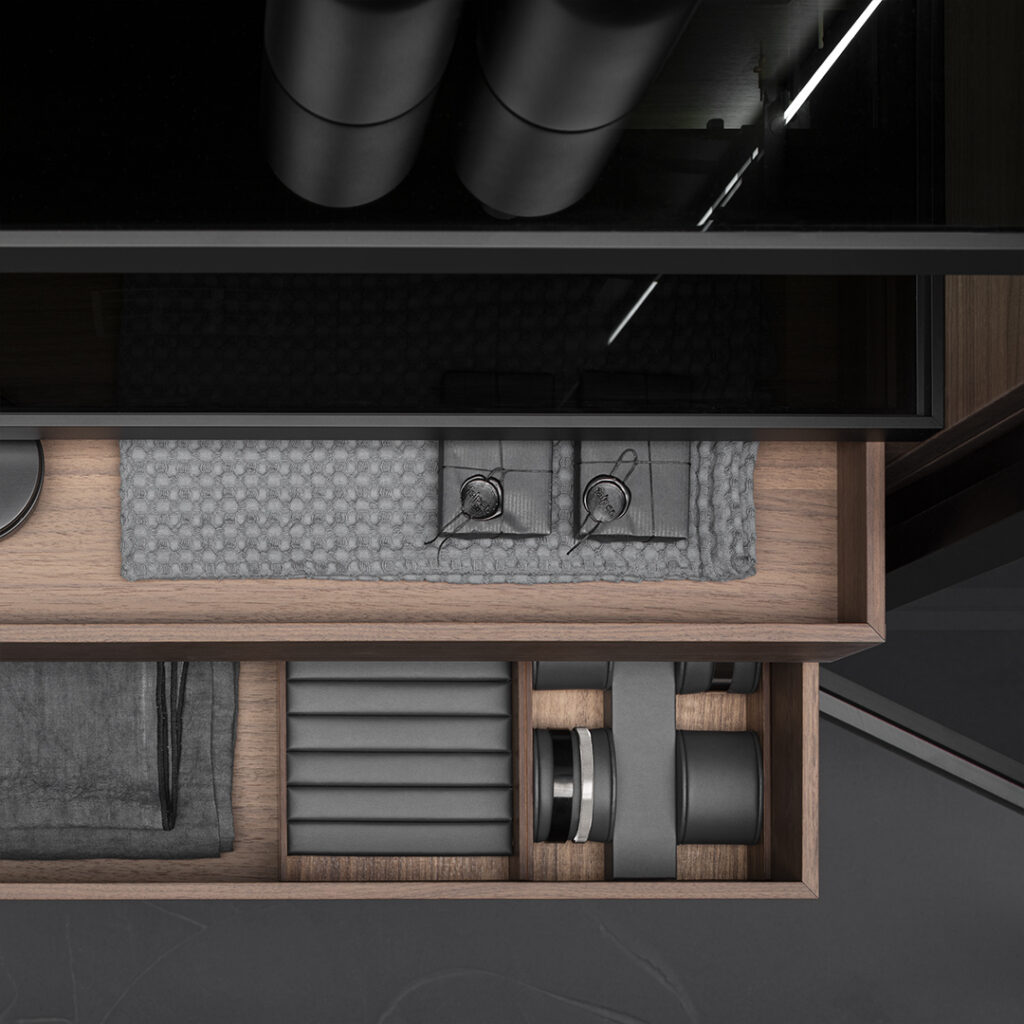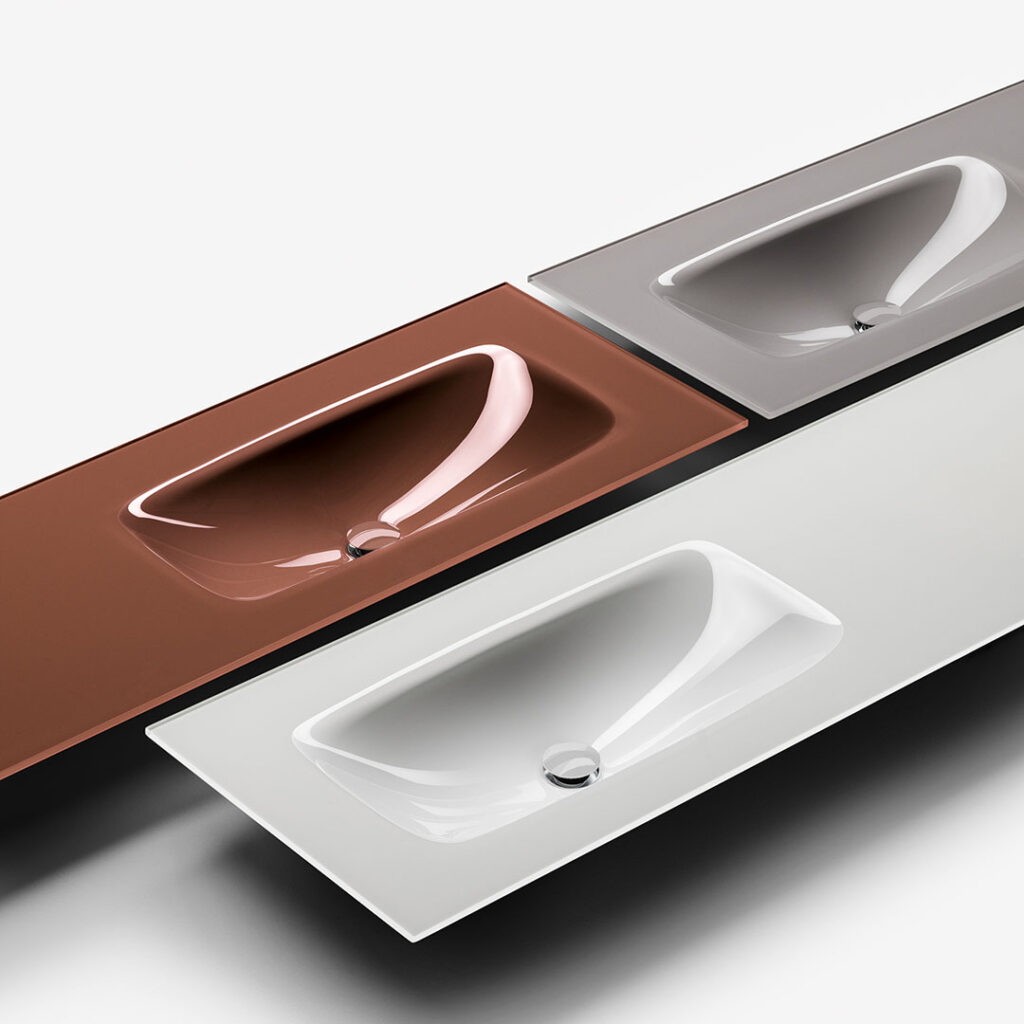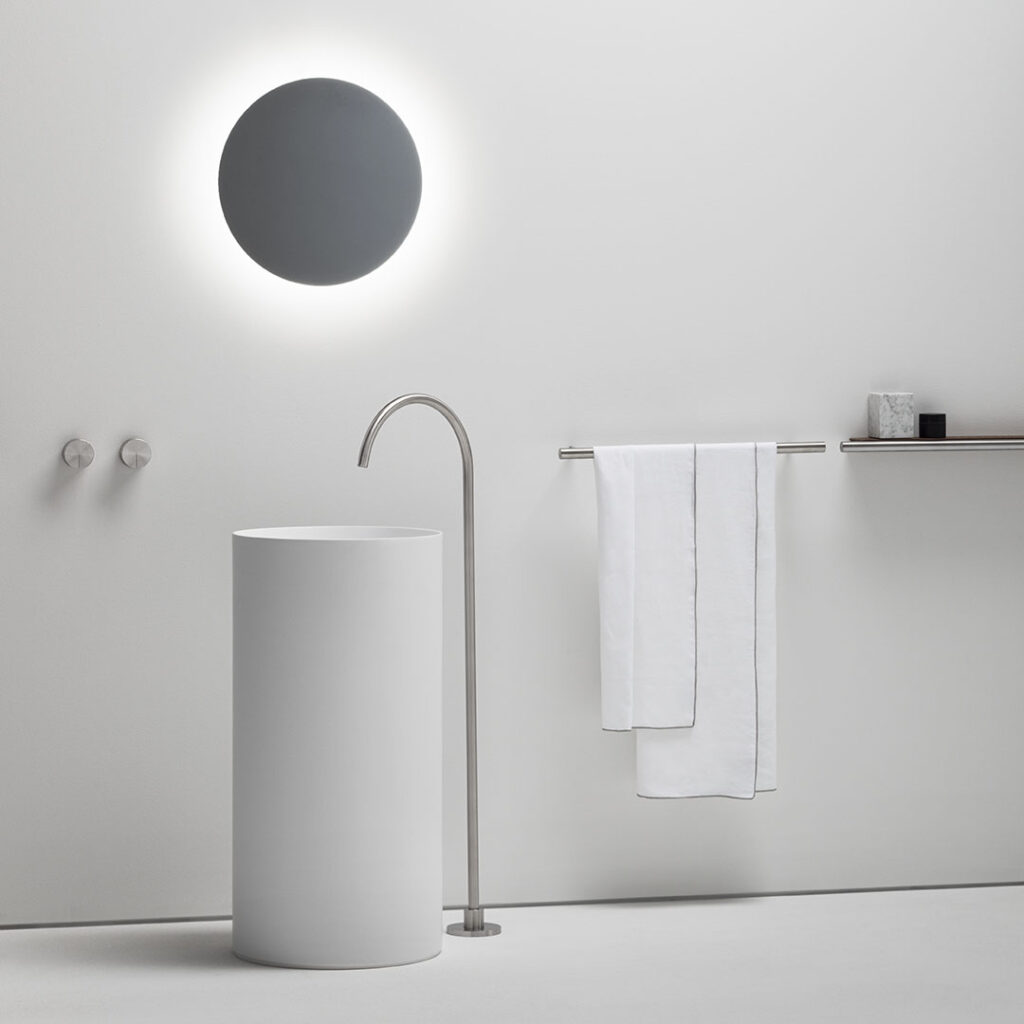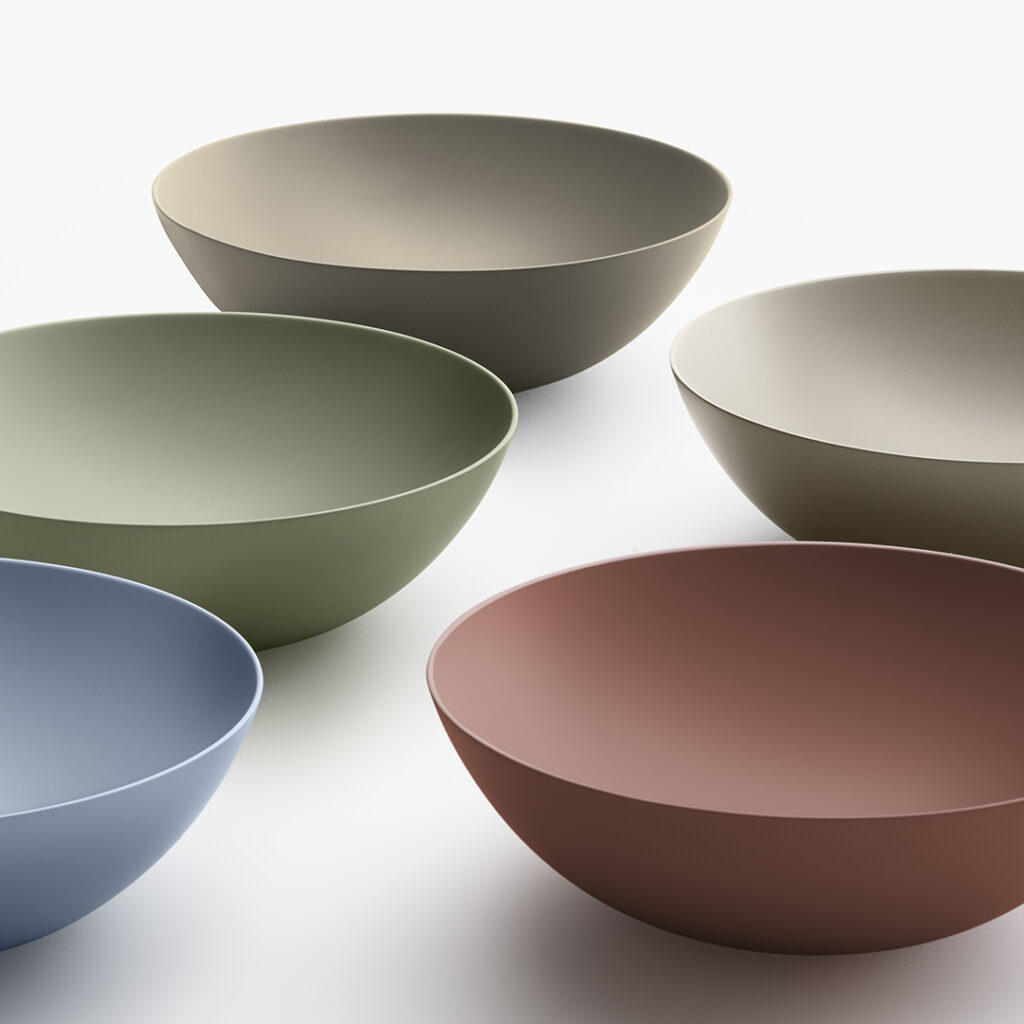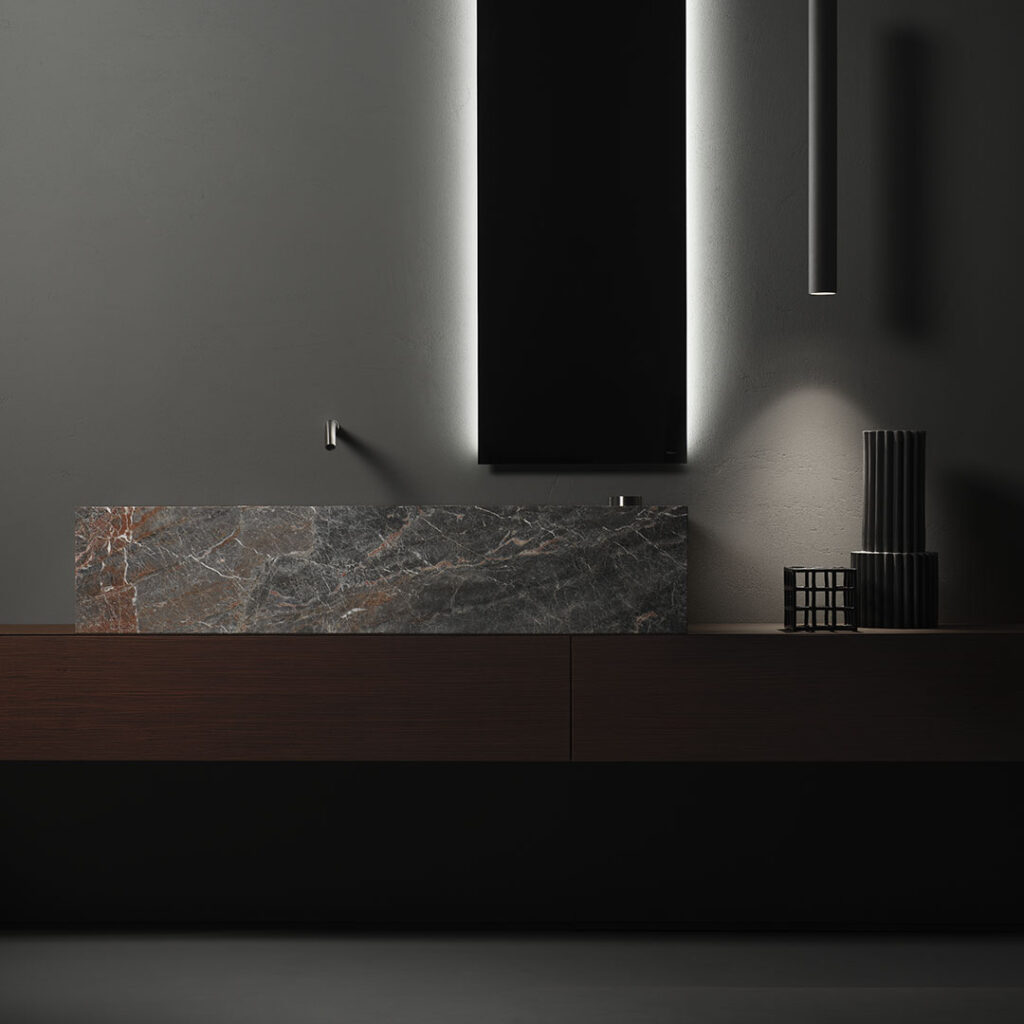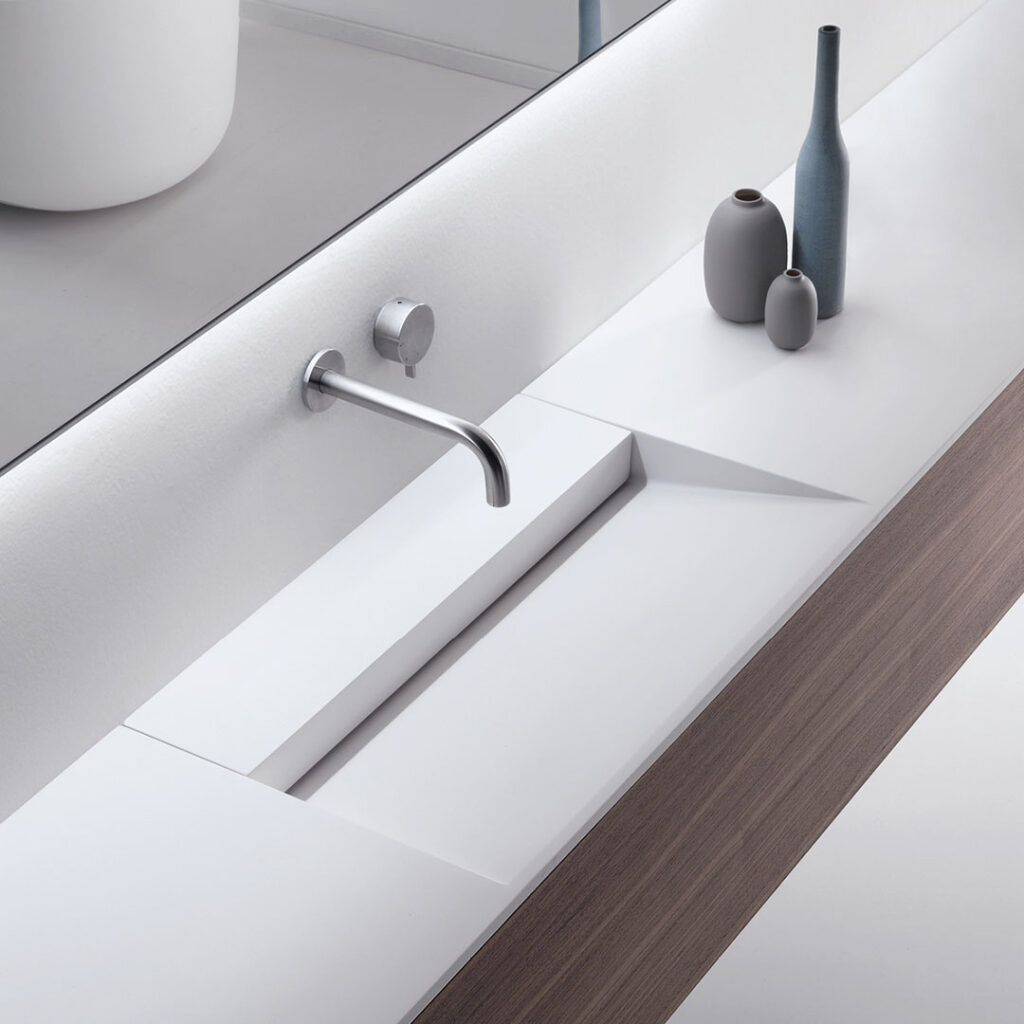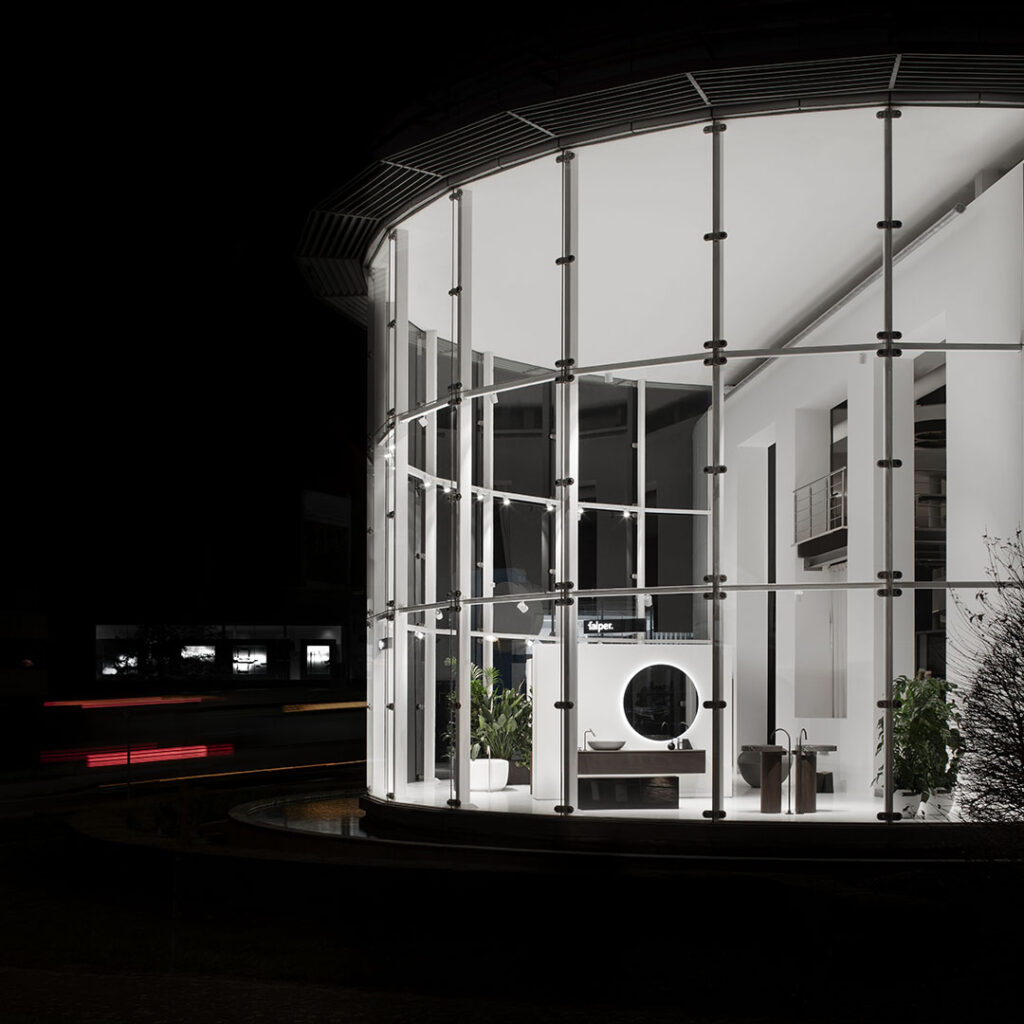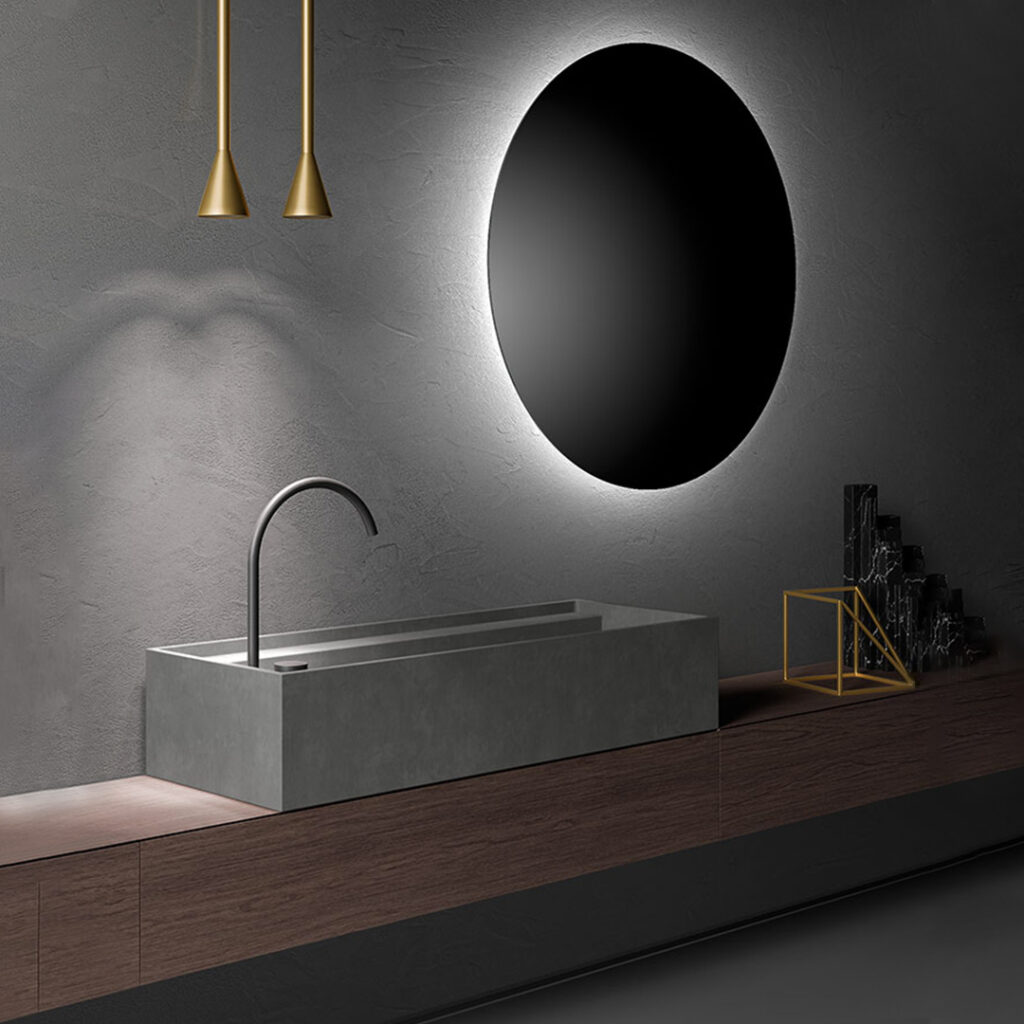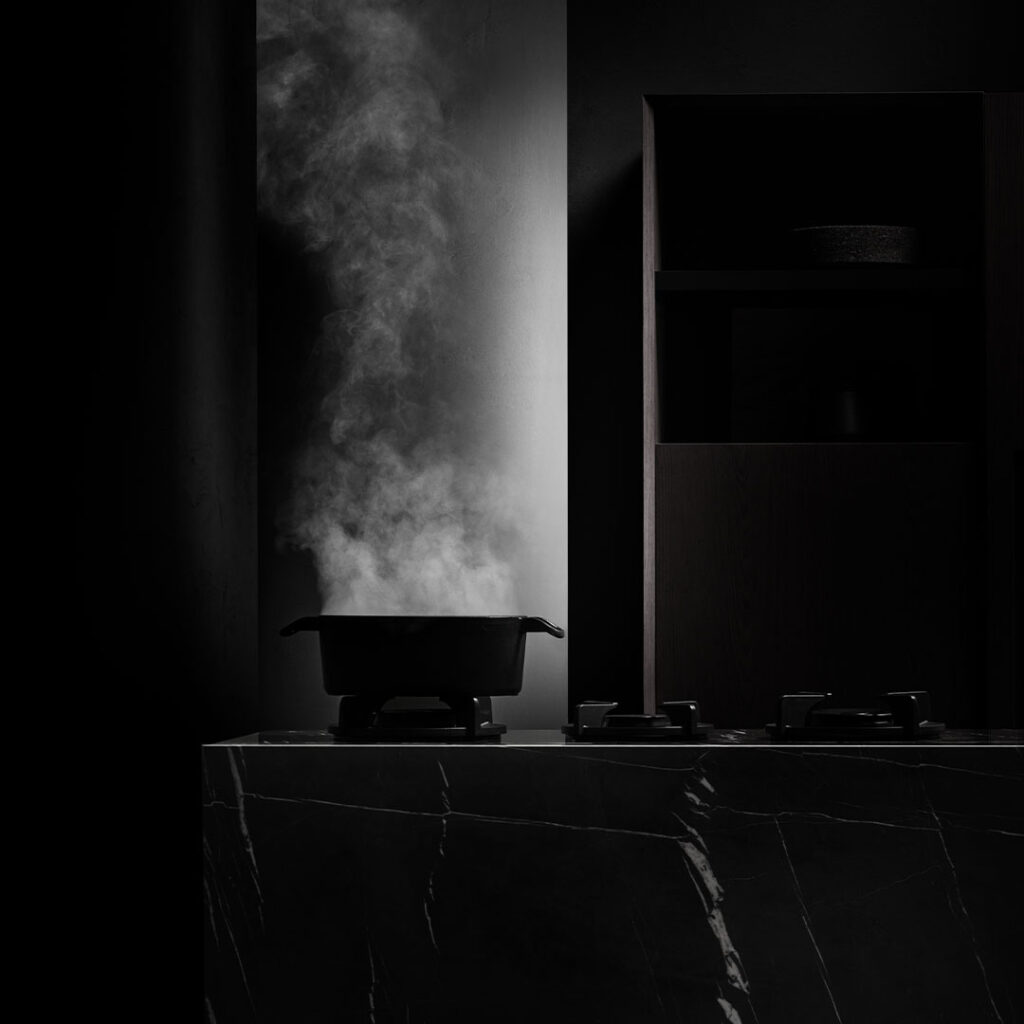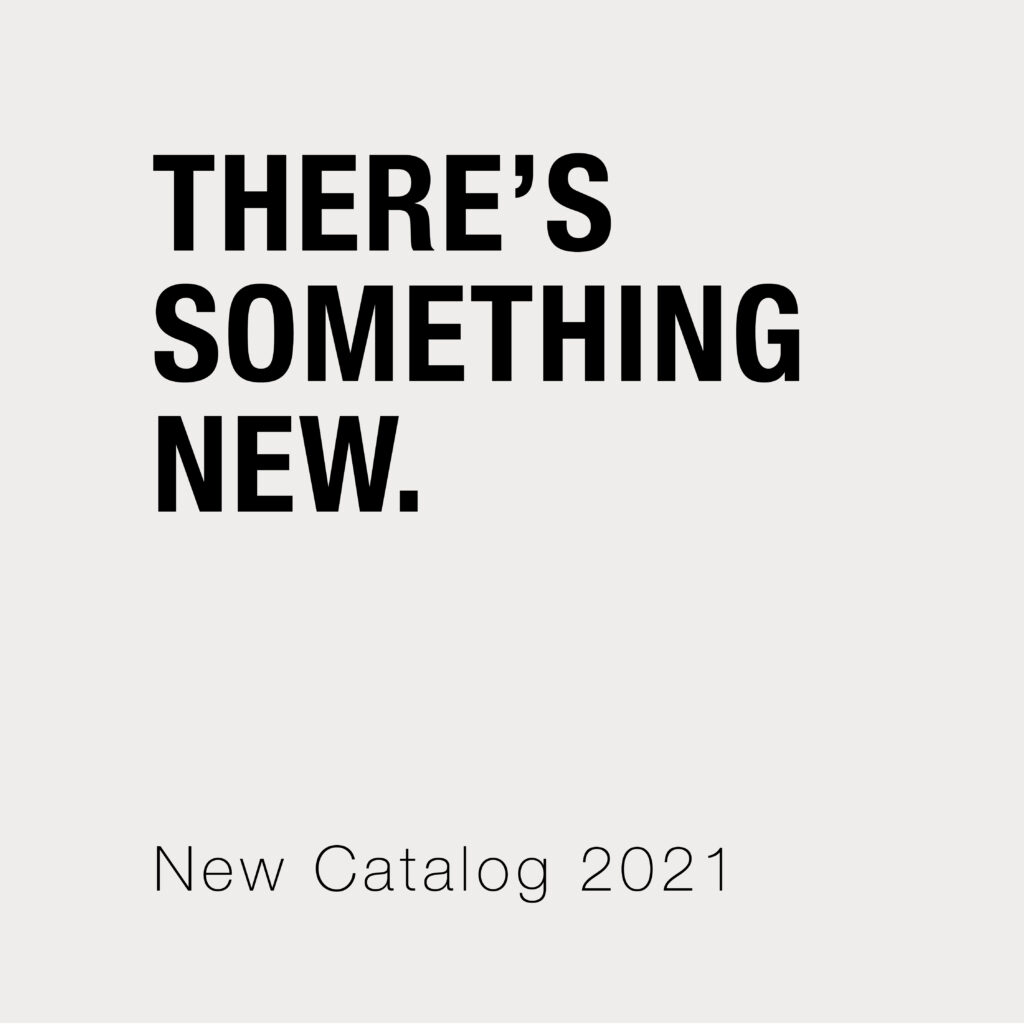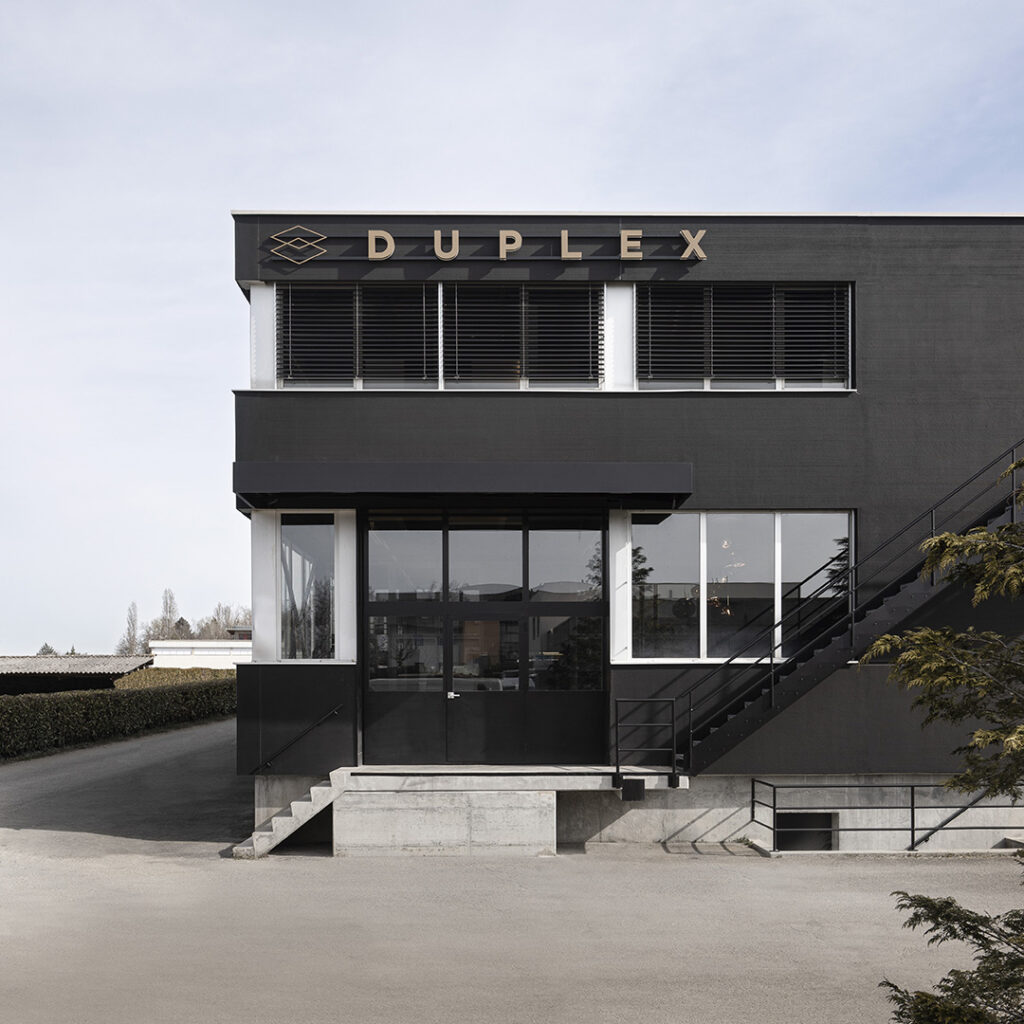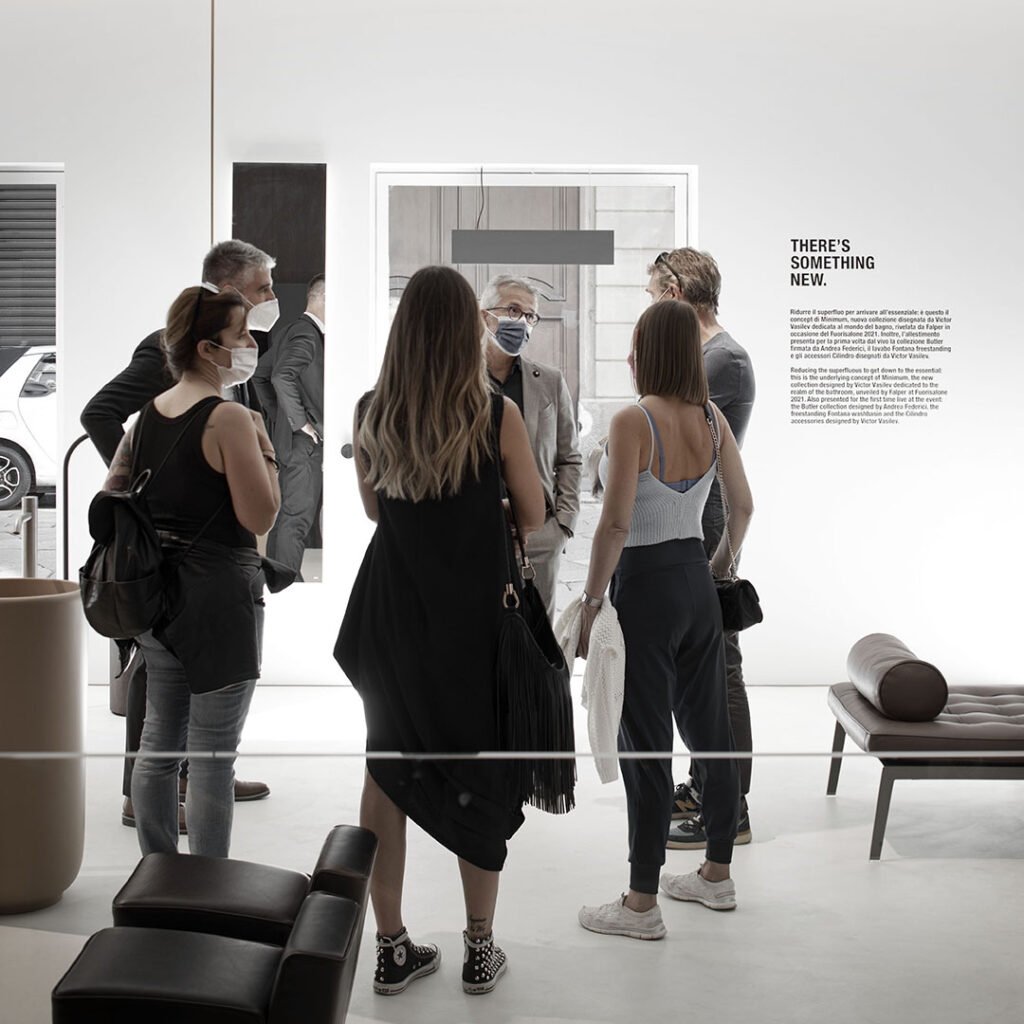Victor Vasilev: The Essential Architect
Victor Vasilev was born in Bulgaria and moved to Israel at the age of 15. He studied architecture at the Politecnico di Milano and at the Royal Danish Academy of Fine Arts in Copenhagen. After graduating, he decided to stay in Milan, where he opened his own studio in 2004. His collaborations with international companies have earned him numerous awards and recognitions.
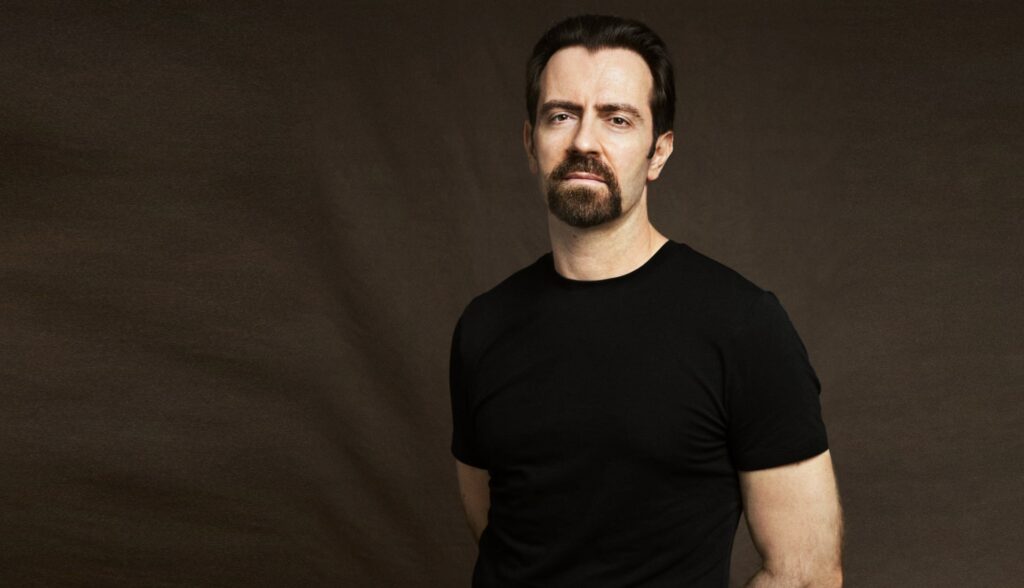
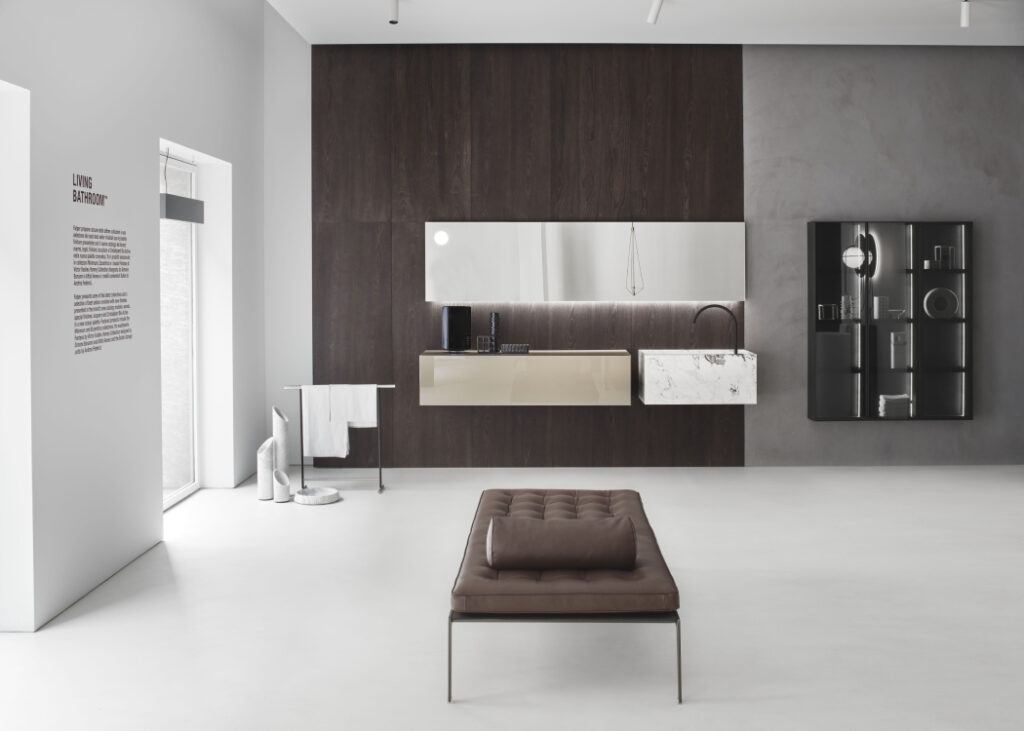
What is your approach to the design process?
My process is based on a few key principles. First and foremost, constant research in the fields of architecture and contemporary art. I admire the artists of the American Abstract Expressionism of the 1950s like Jackson Pollock, Mark Rothko, and especially Barnett Newman. Another important reference for me is geometry: a guiding principle that always saves me from unnecessary complications. Like poetry, everyone perceives it without fully understanding what it is. And finally, there’s the willingness to question oneself, to take risks, to experiment, to go beyond the known without always playing it safe.
How did you envision the bathroom line you reinterpreted for Falper?
My collaboration with Falper began in 2018. I immediately found in Luca Fallavena an excellent counterpart — he had recognized in my rigorous style a quality he wanted to introduce into the company.
I like the dimension of the bathroom because it has gone beyond mere functionality, even more so than the living room. There’s a growing desire to elevate design proposals, with new materials and technologies constantly being introduced. Within this context, there’s still room for invention.
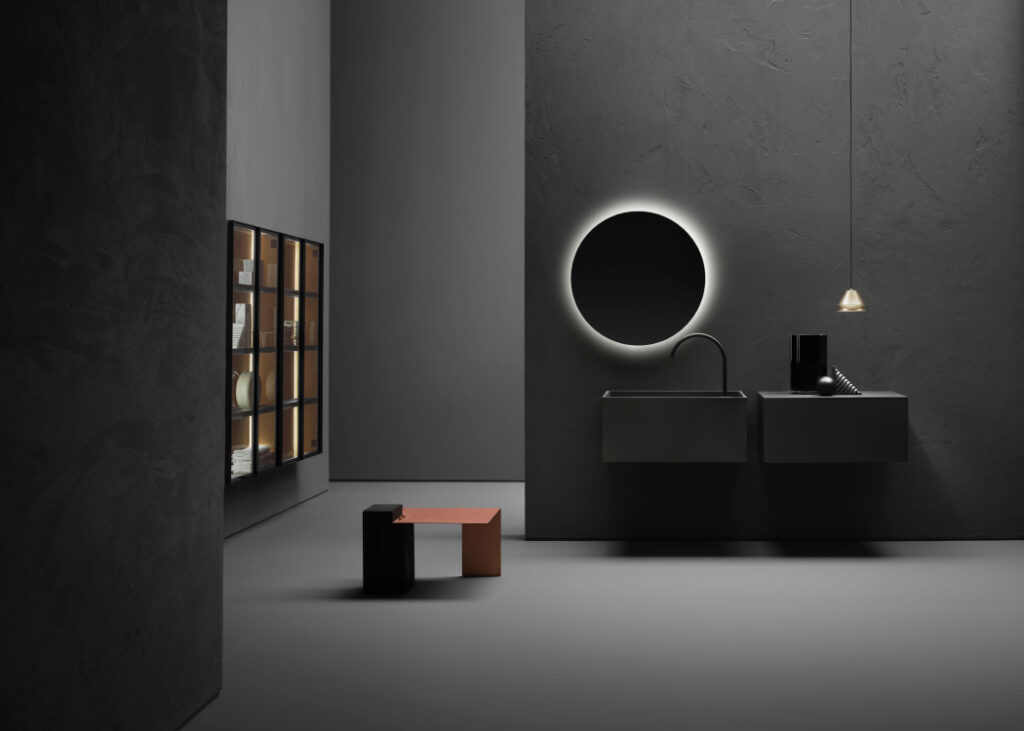
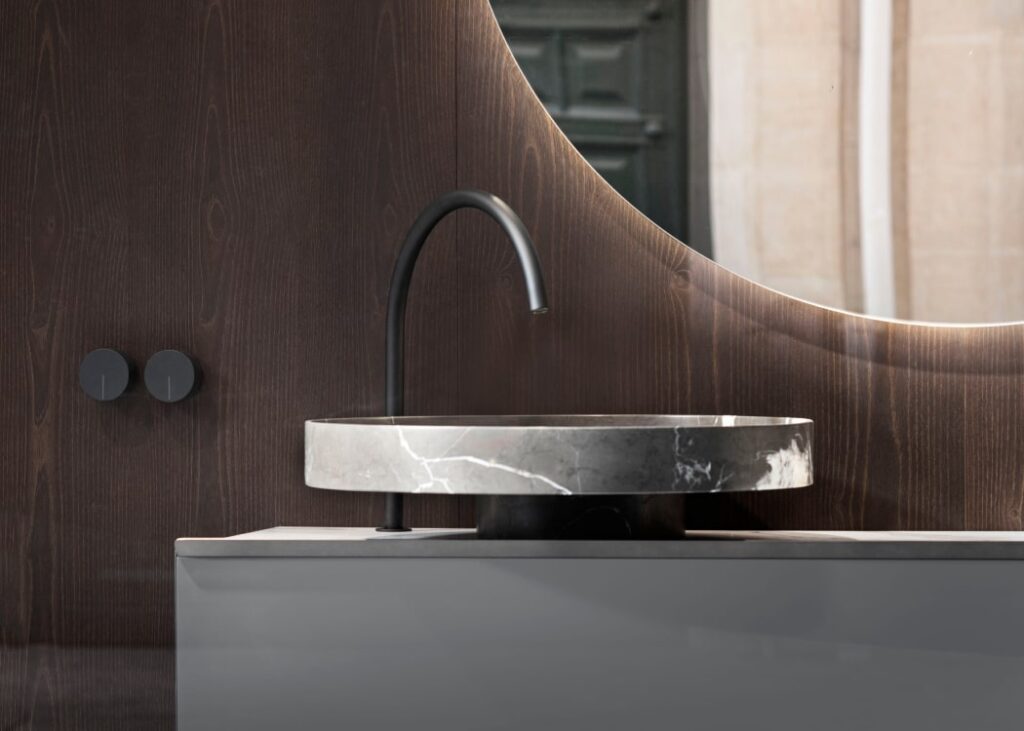
Have you focused on the essential?
Essentiality is a life choice. It’s my worldview, reflected in every project: buying fewer things but of the highest quality, doing fewer things but the right ones for oneself. I chose Italy as my new home because here one finds the essence of beauty in its purest form, in the landscape, in history, and in human relationships.
What role does sustainability play in your work?
My responsibility as a designer is to imagine eternity as a design constraint. An object must stand the test of time, and therefore be sustainable. The durability of a chair like Gio Ponti’s Superleggera or Mies van der Rohe’s Barcelona armchair is, in itself, sustainability. We all wish to leave behind a better world.
Do you think this process can succeed despite rapidly changing trends?
Sensitivity to quality is not a passing trend. The real focal point of this equation is the consumer, who must understand the impact of their choices.
Do you enjoy creating things that will stay with people for a long time?
I’m curious to see how things will evolve in the coming years. I enjoy the design challenge regardless of scale. Traveling the world, you see so many beautiful things and I remain optimistic about the world. I love Dostoevsky’s quote: “The darker the night, the brighter the stars.”
